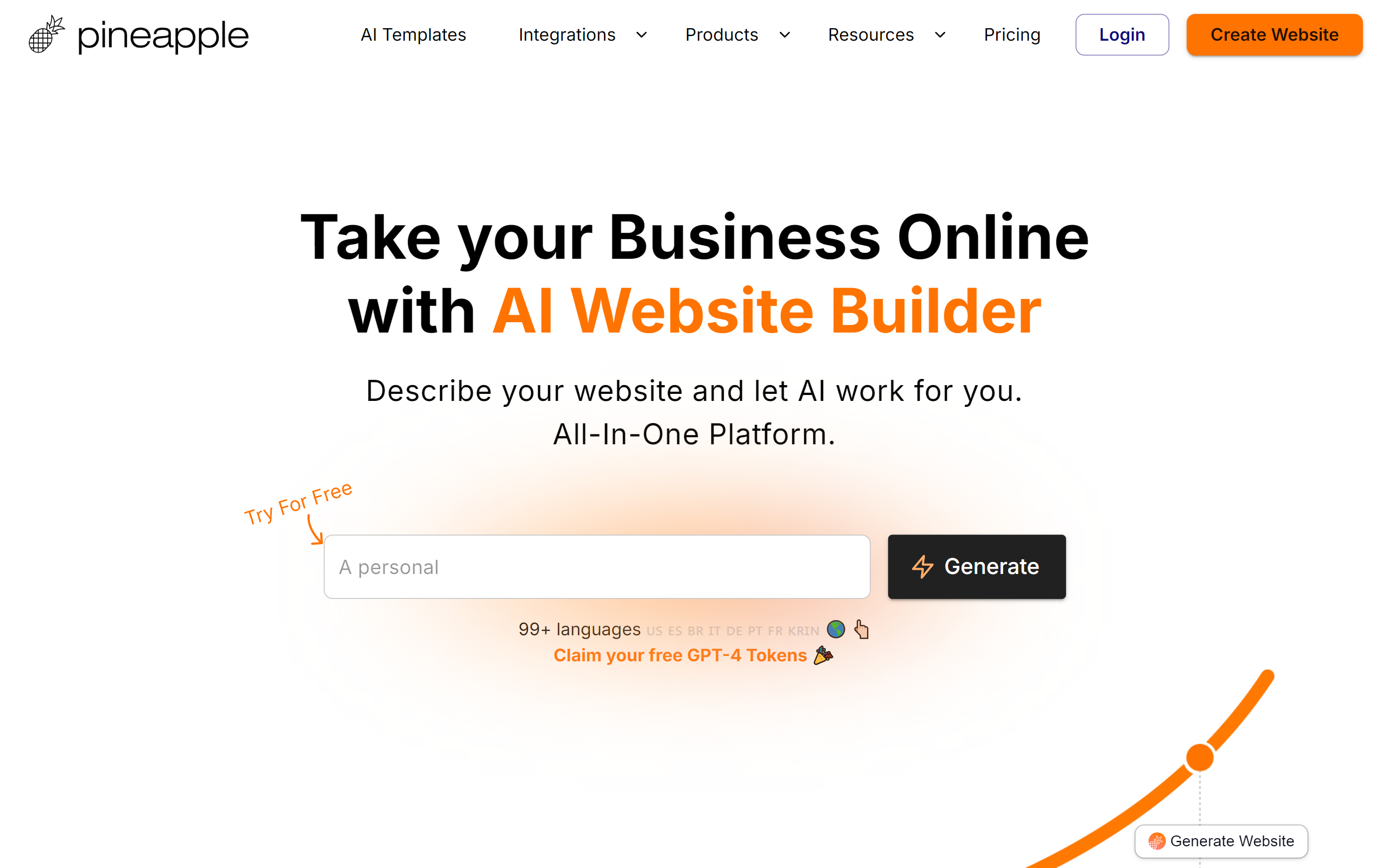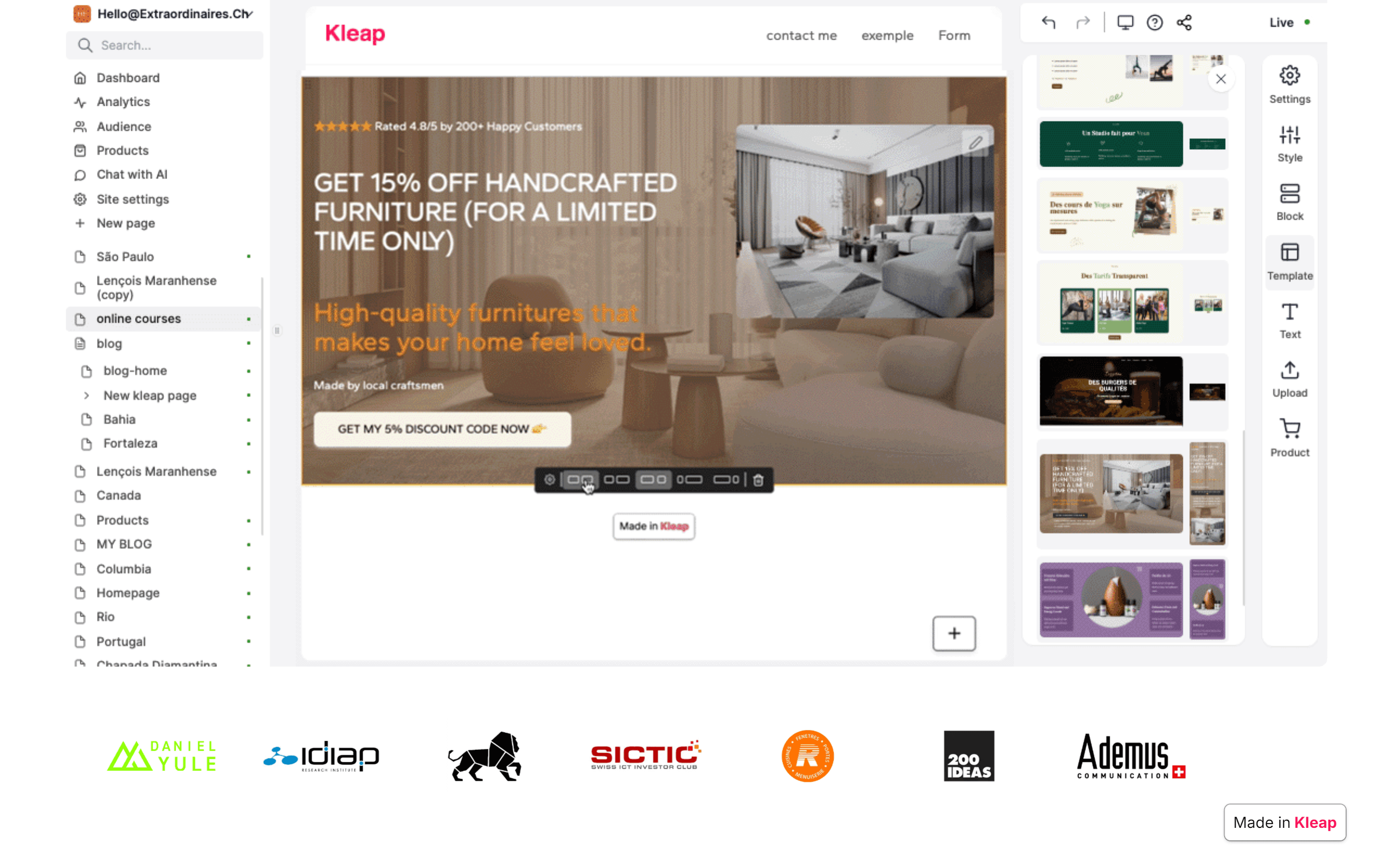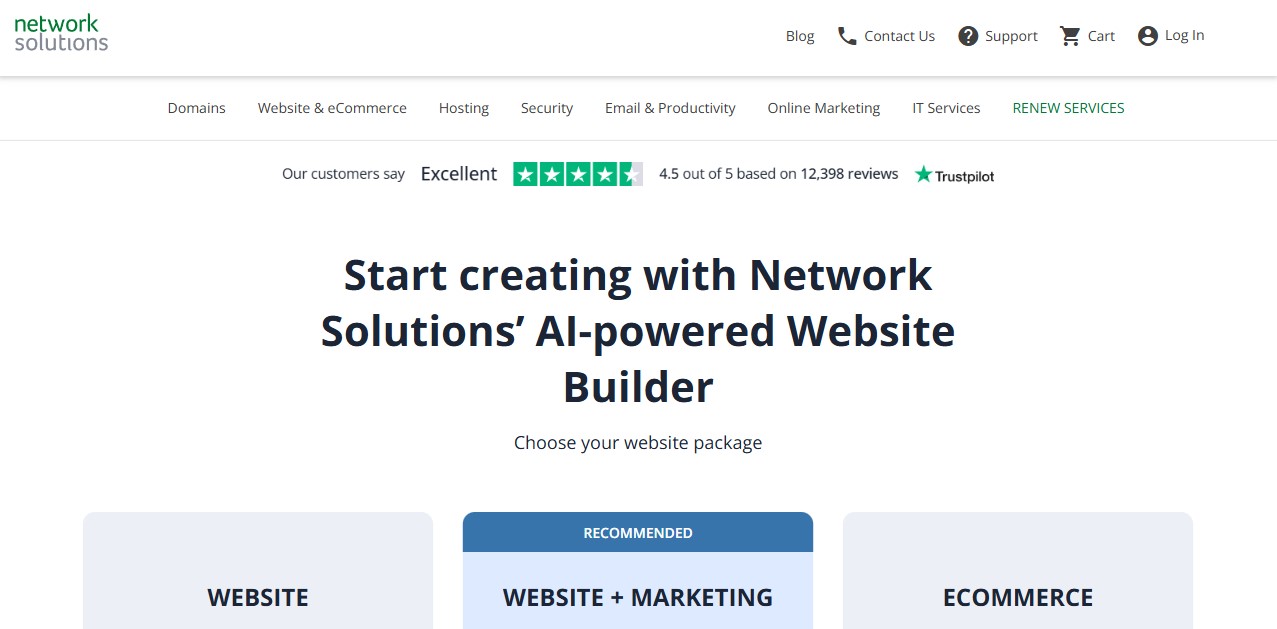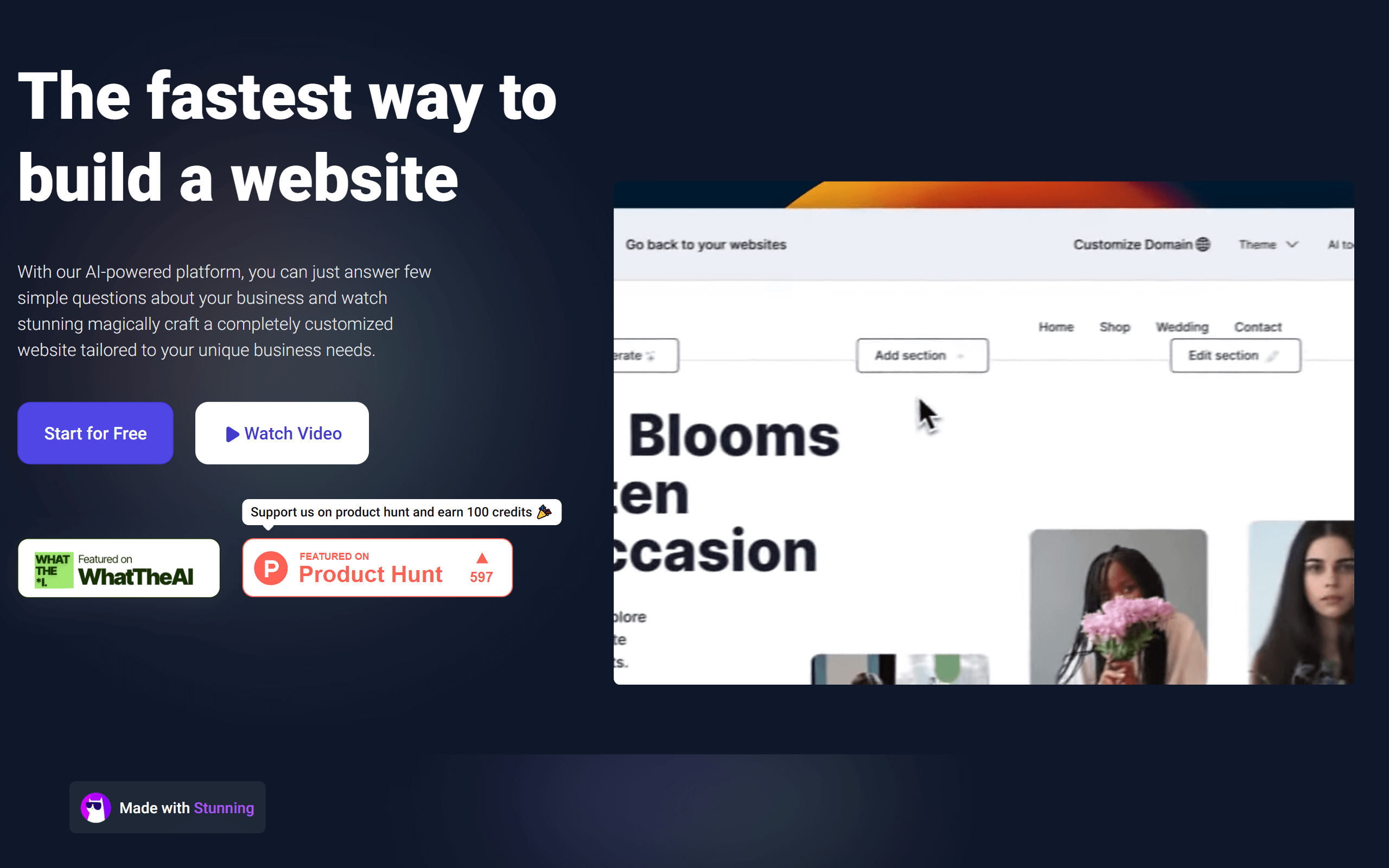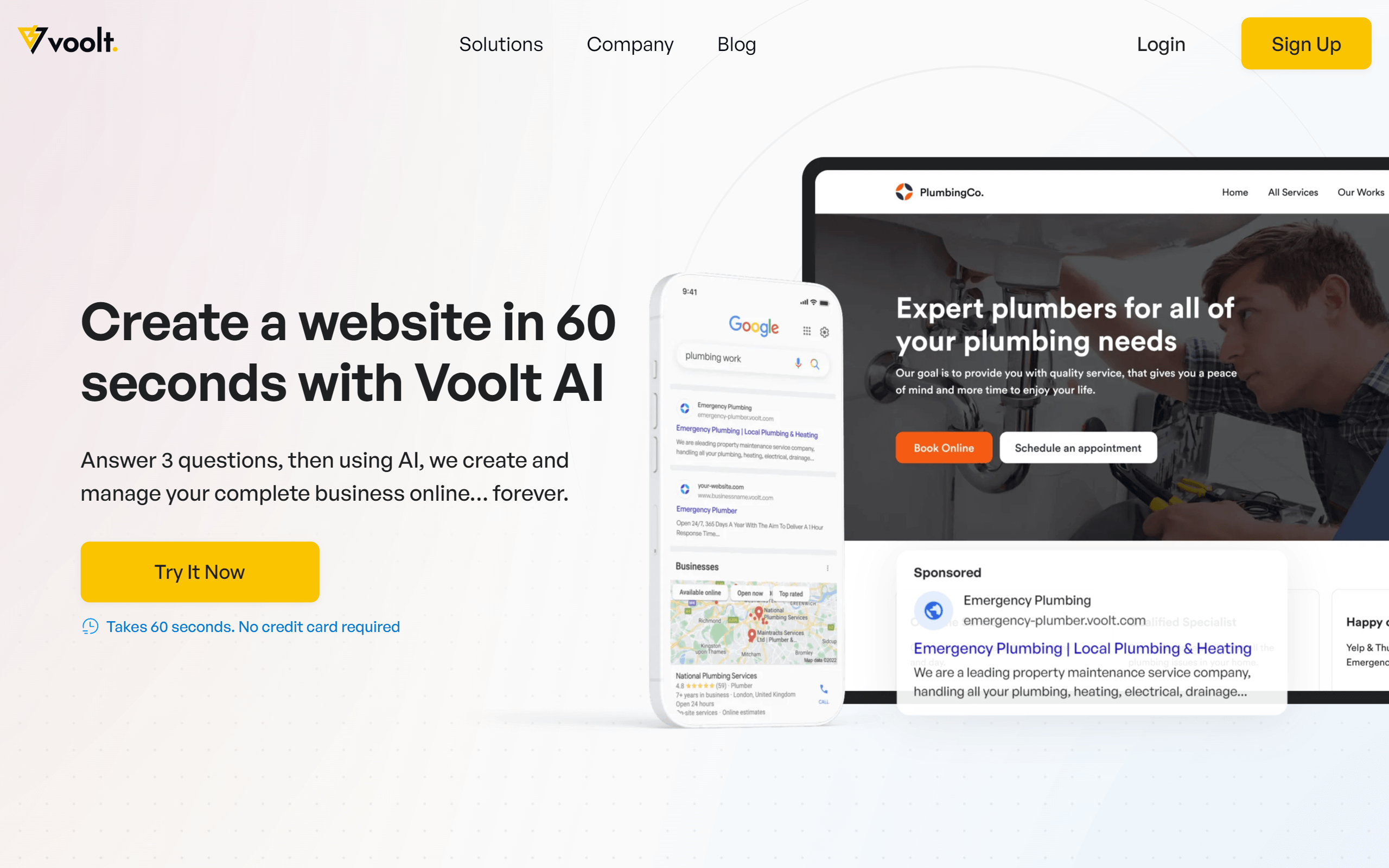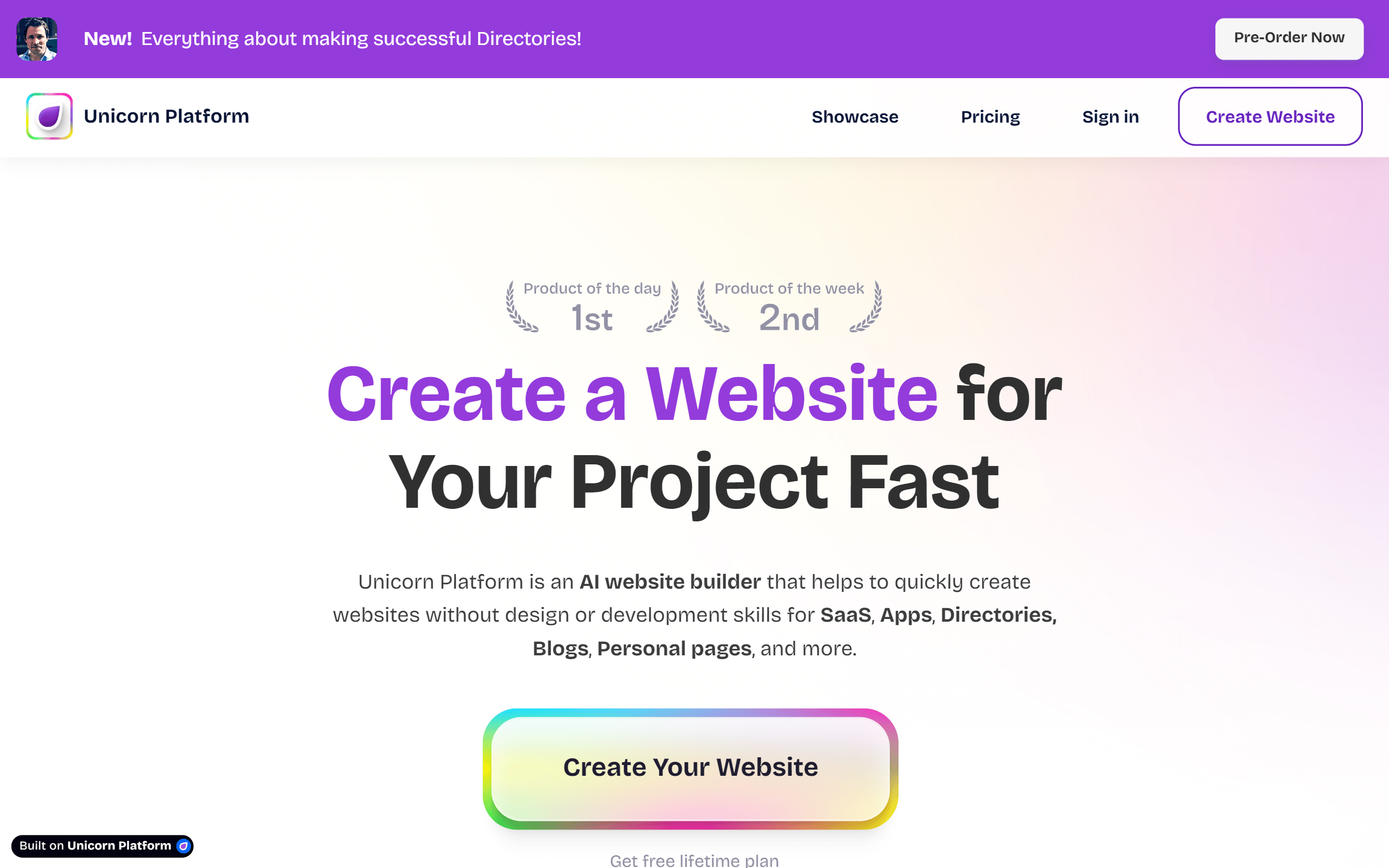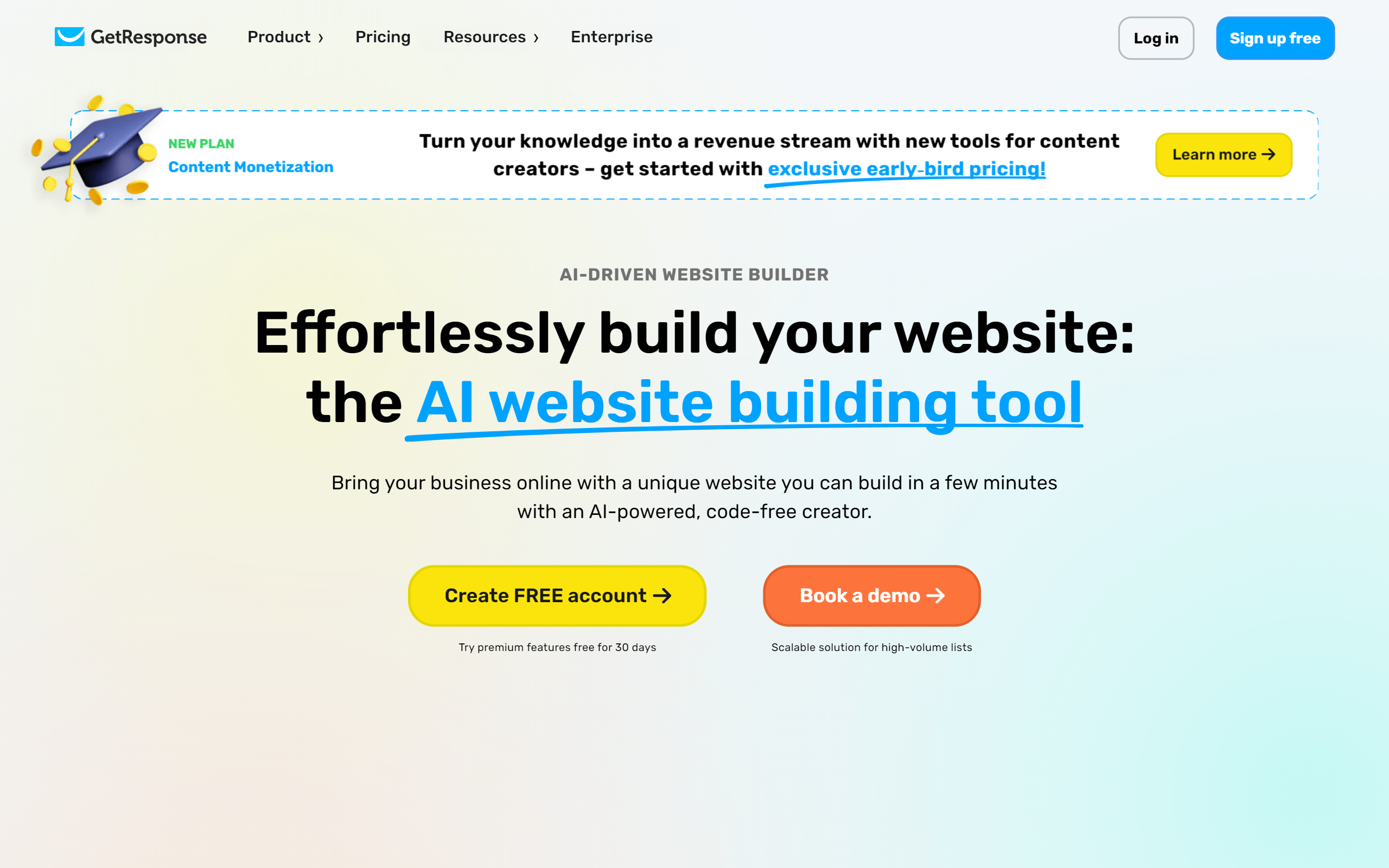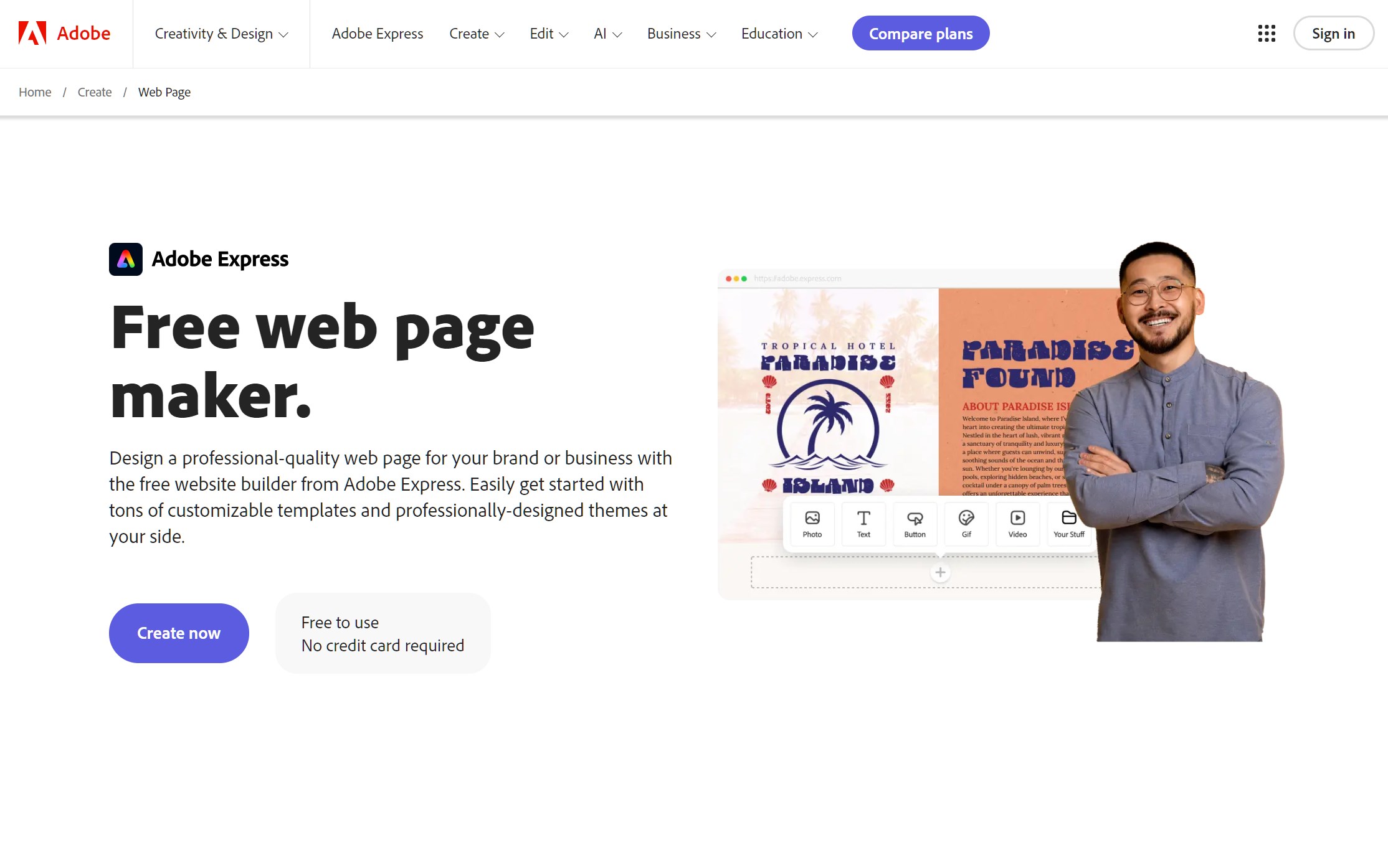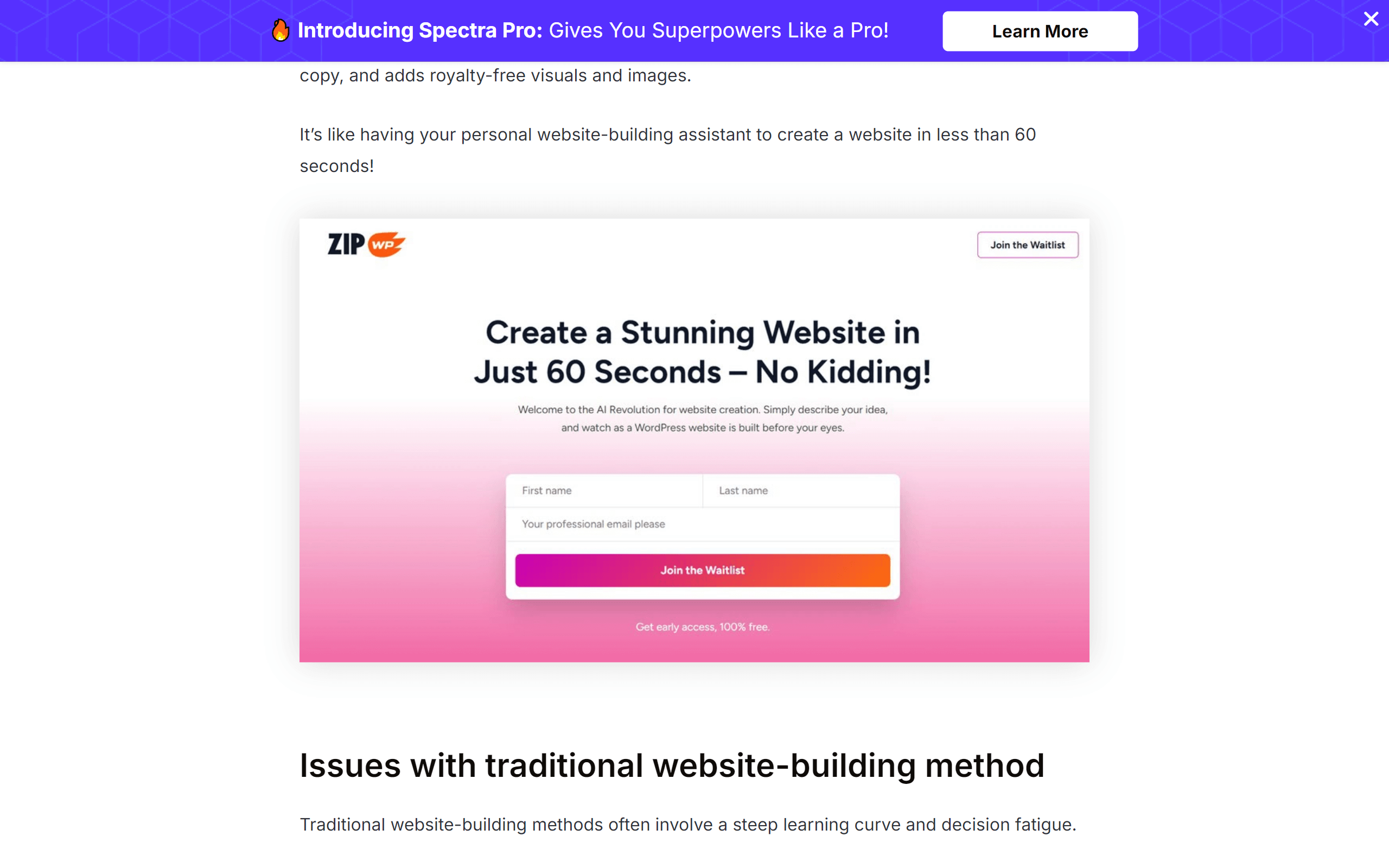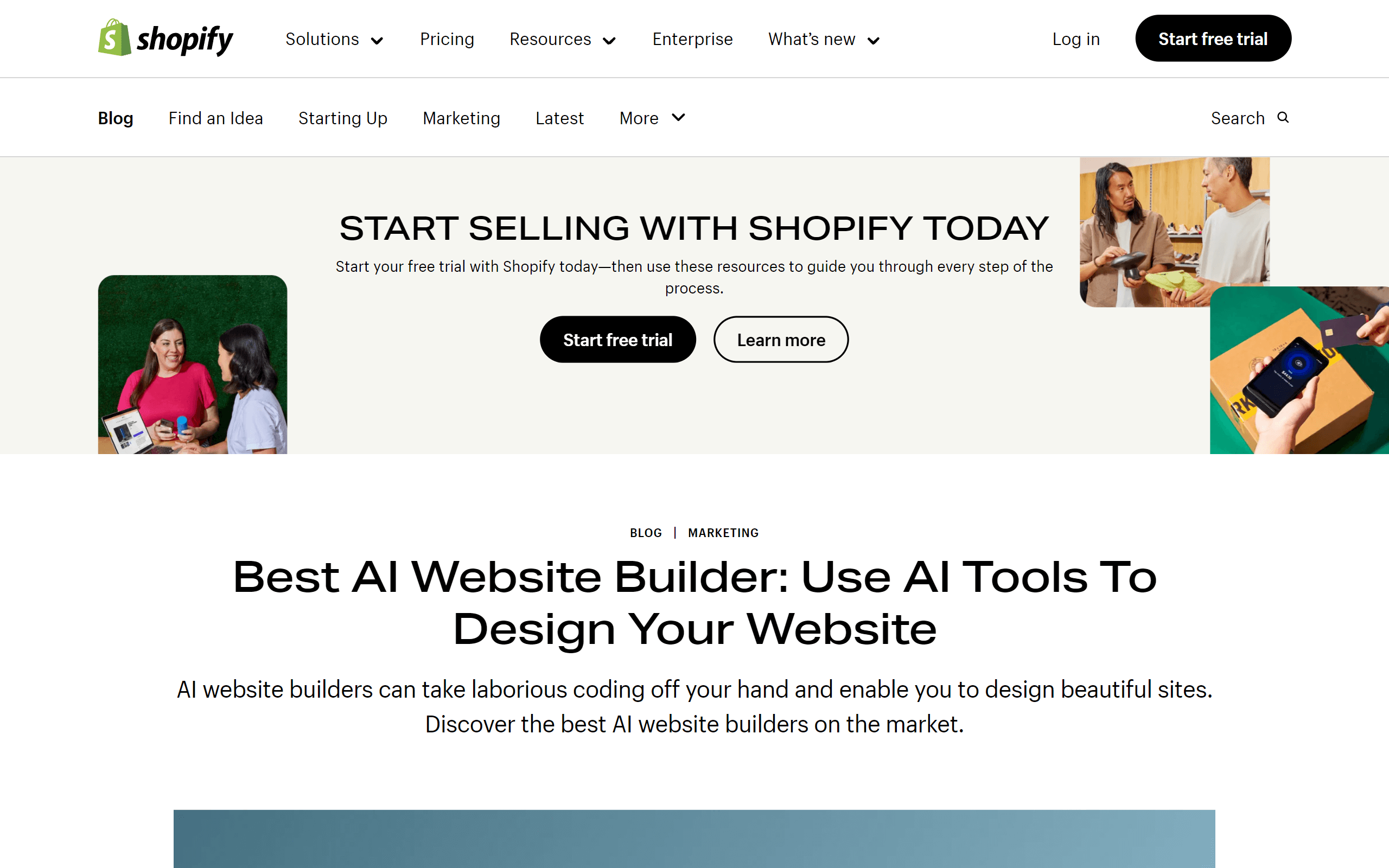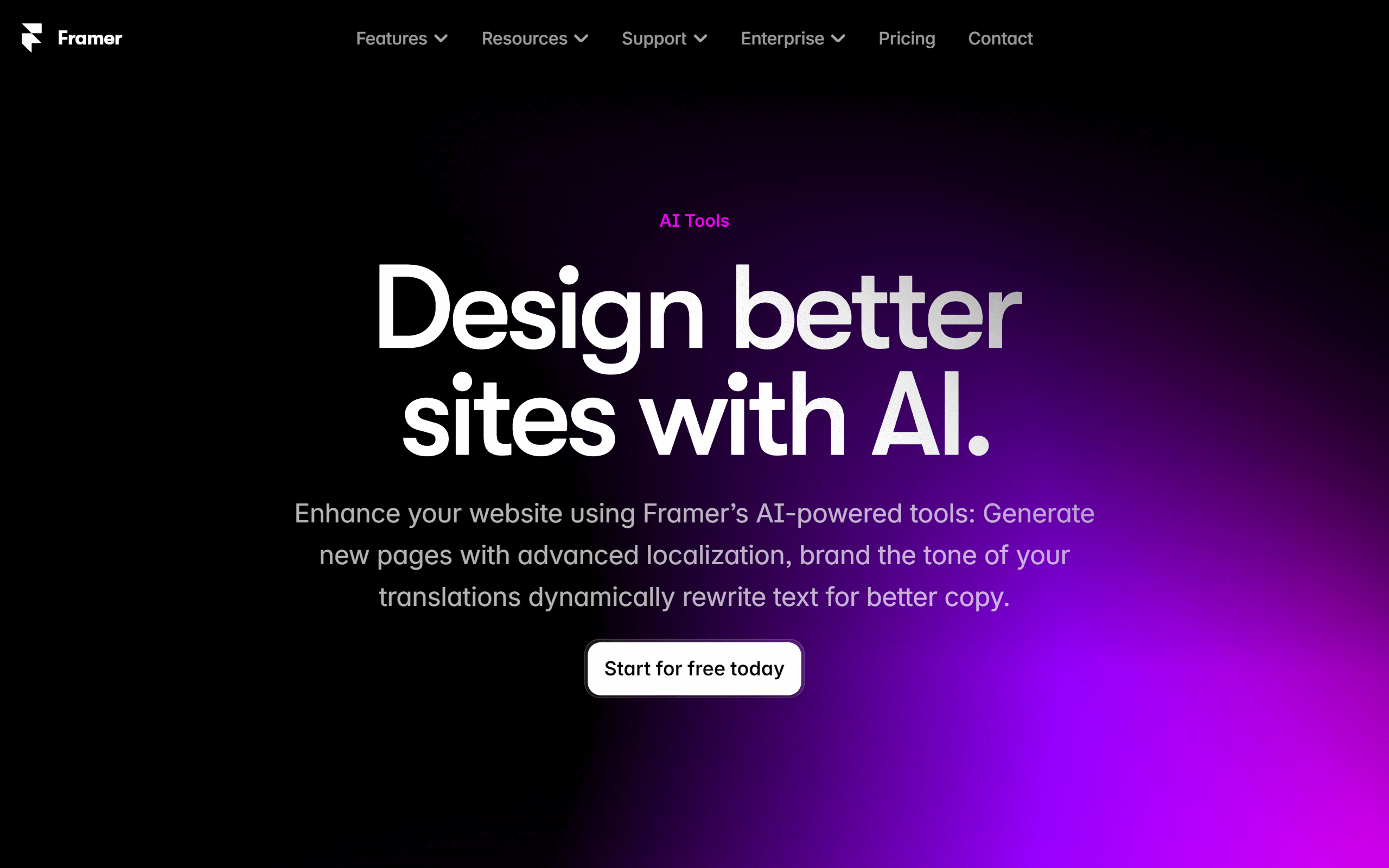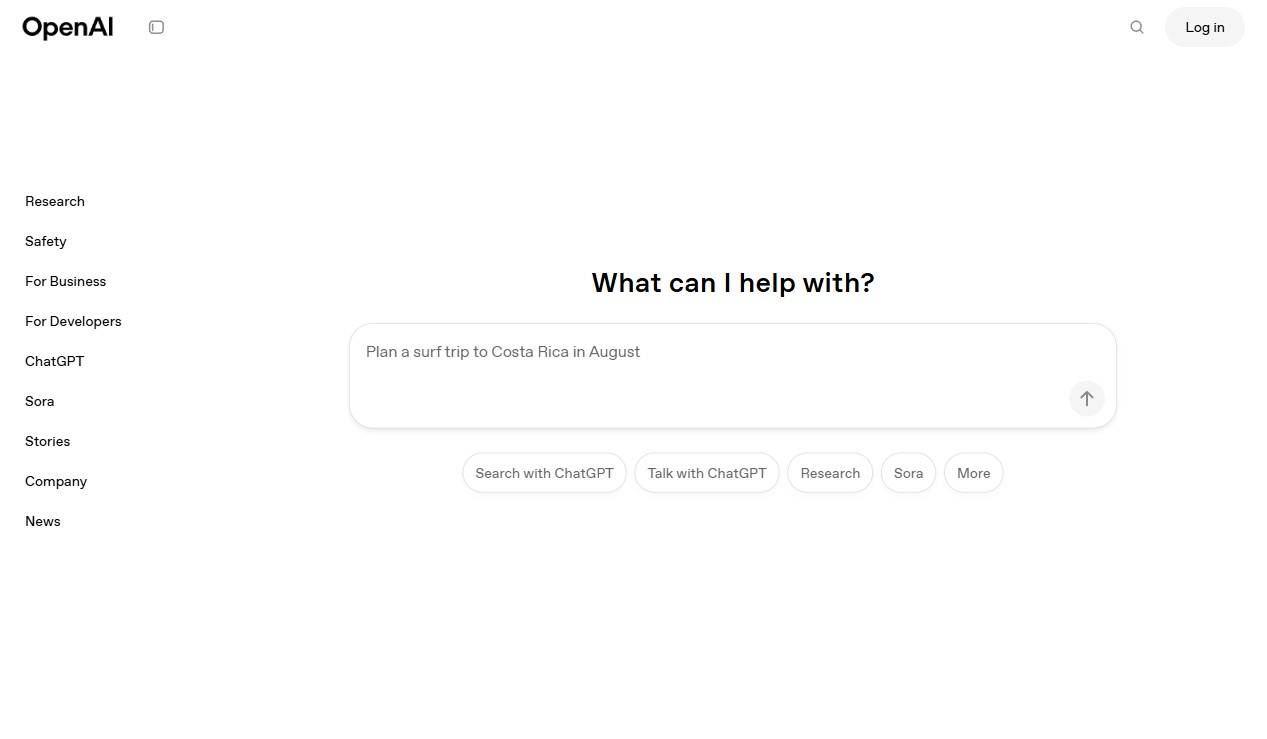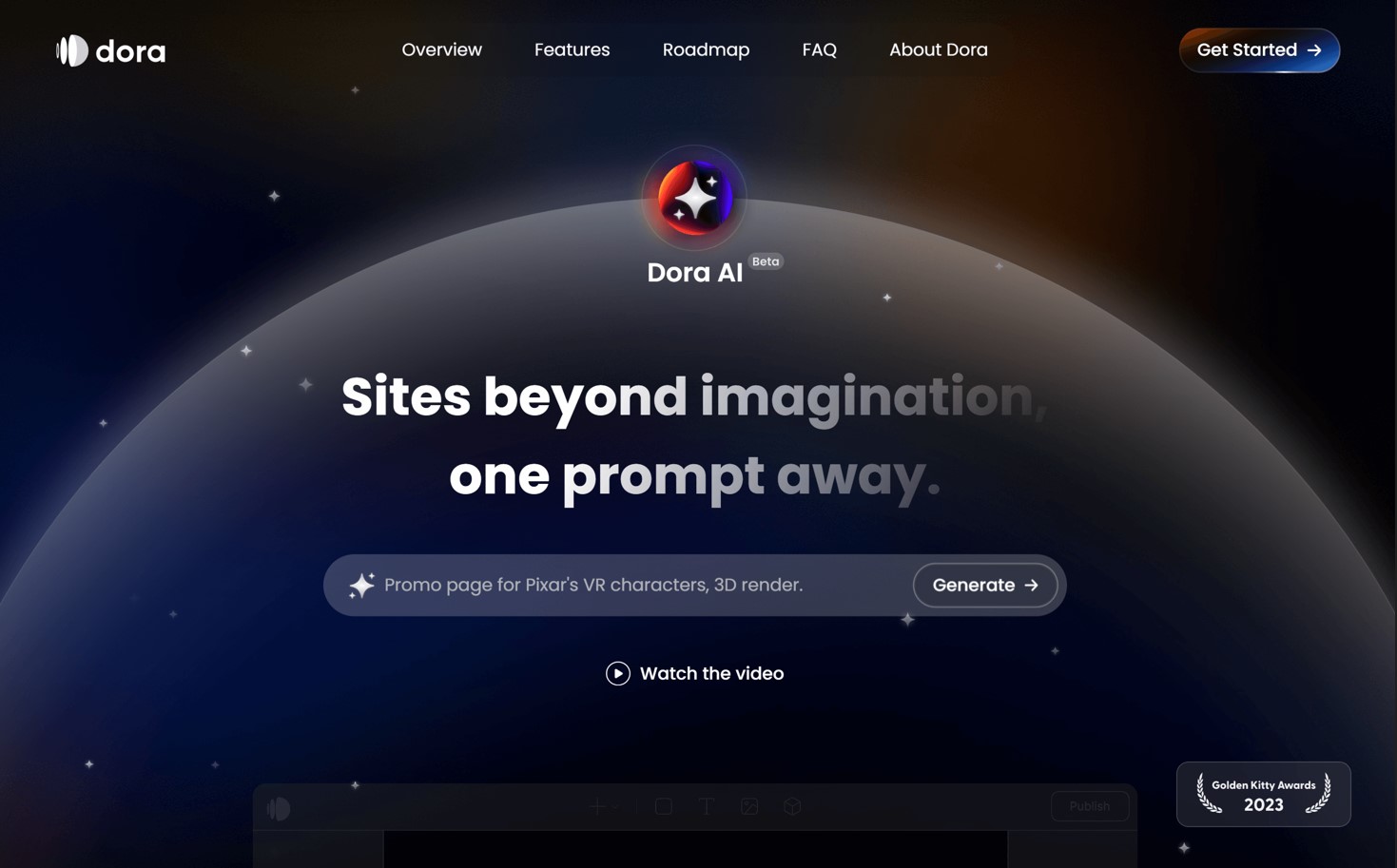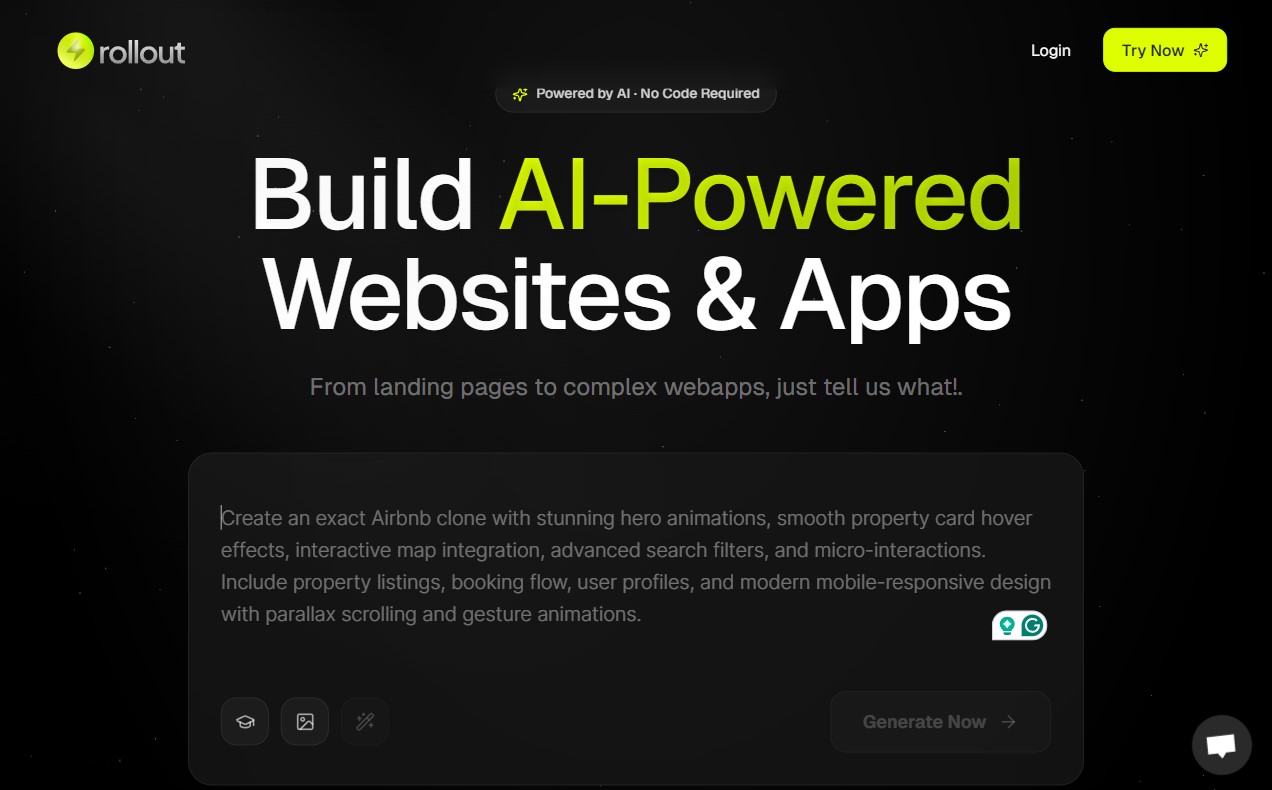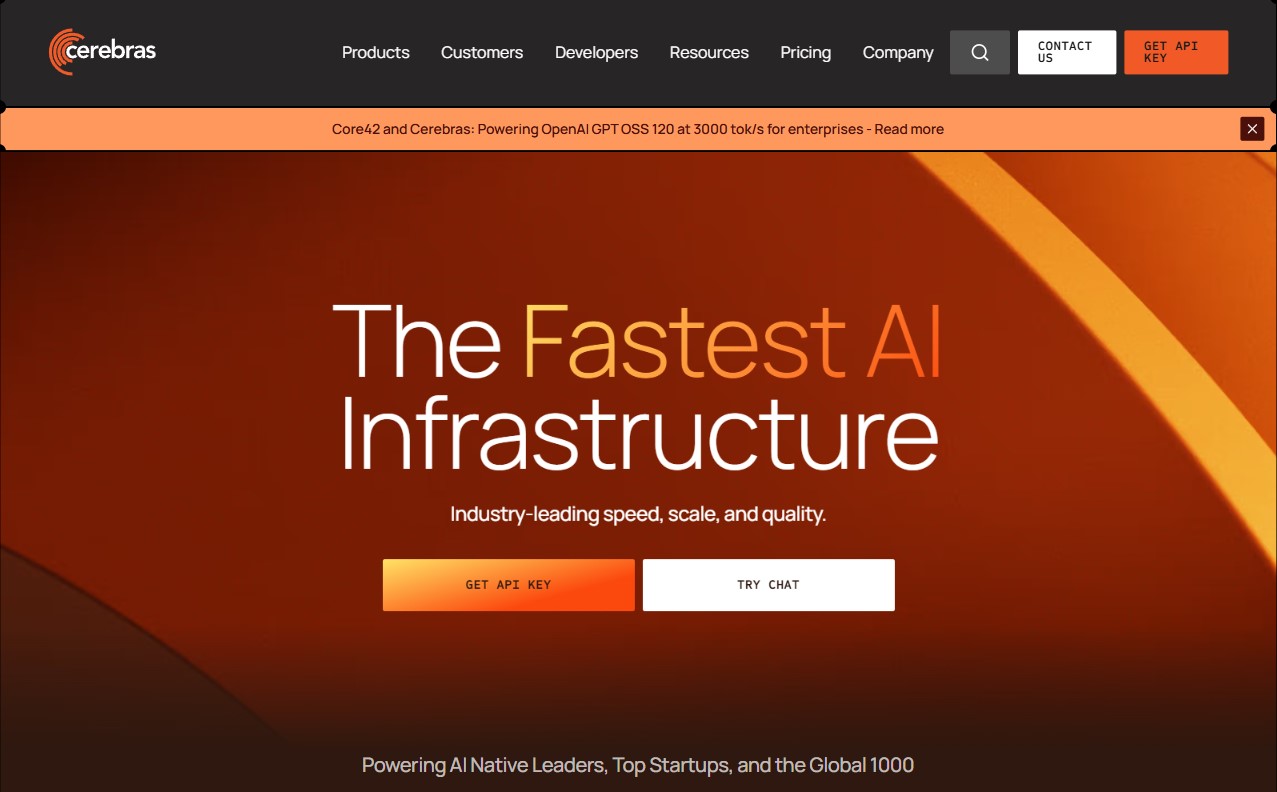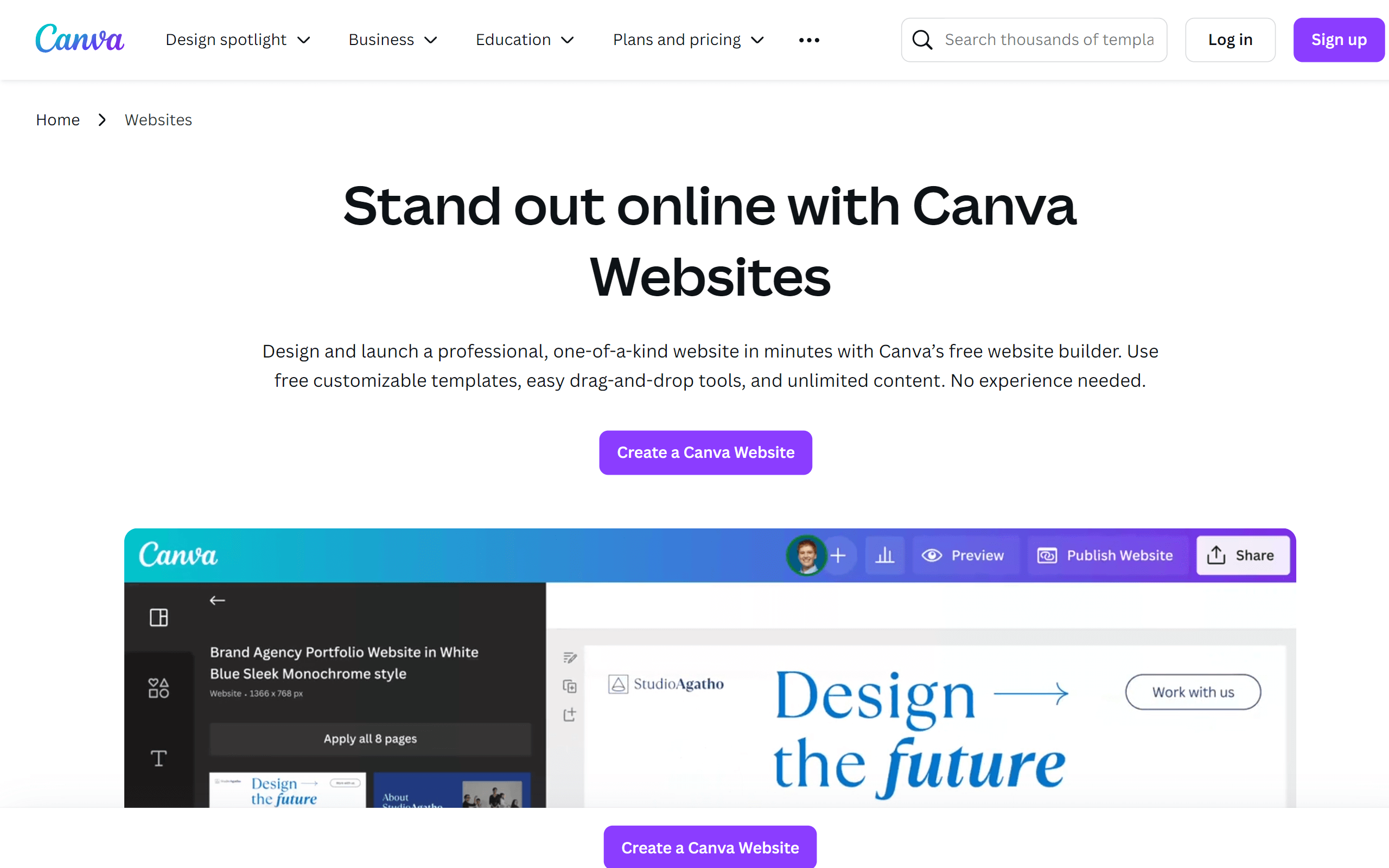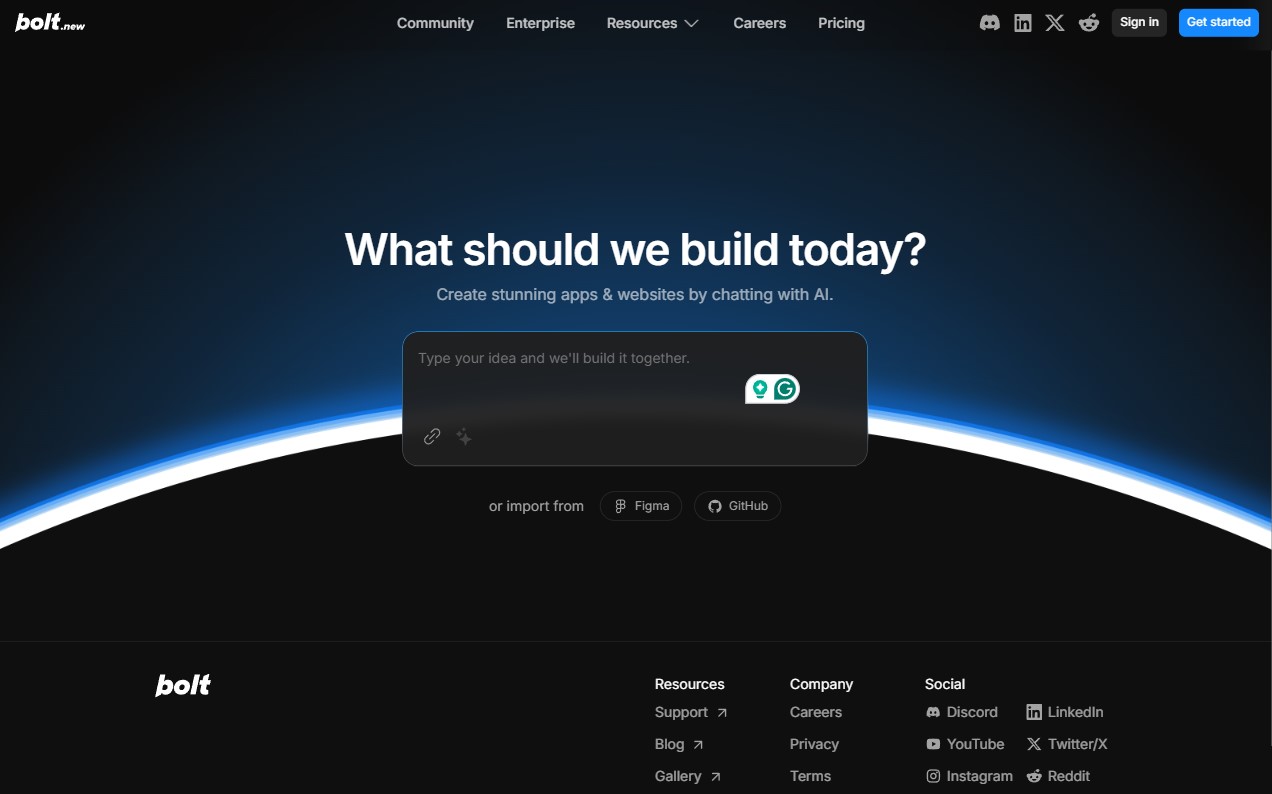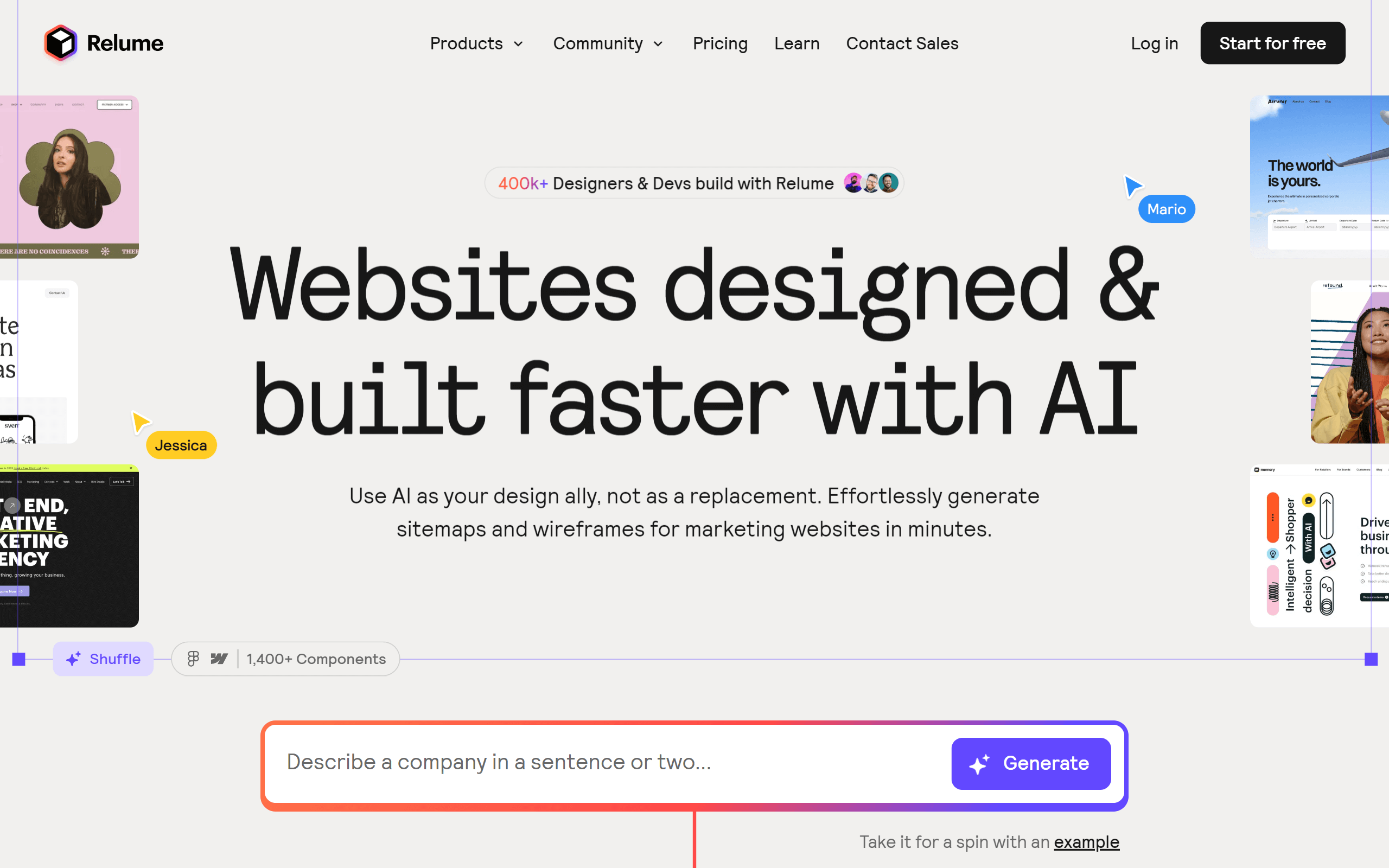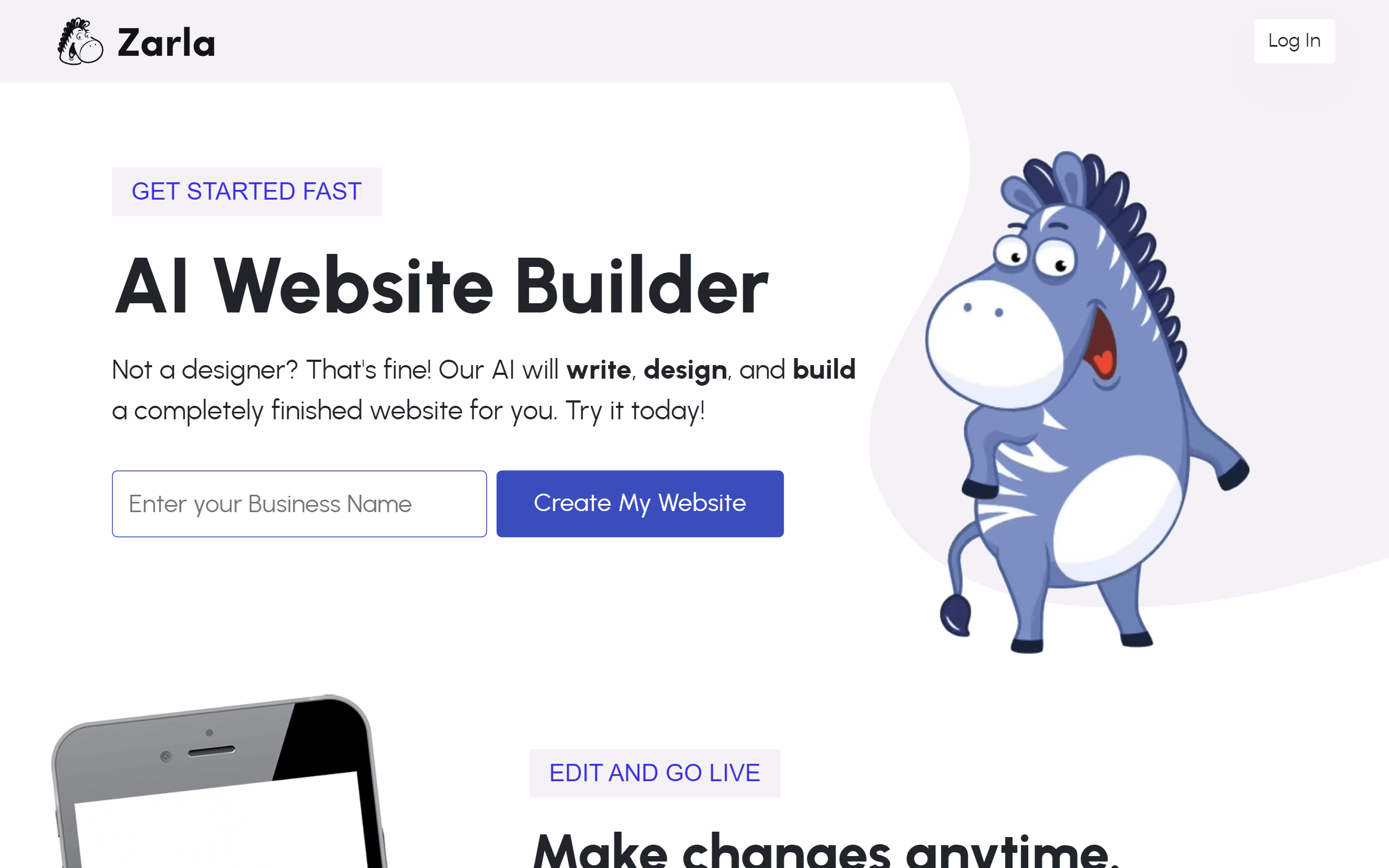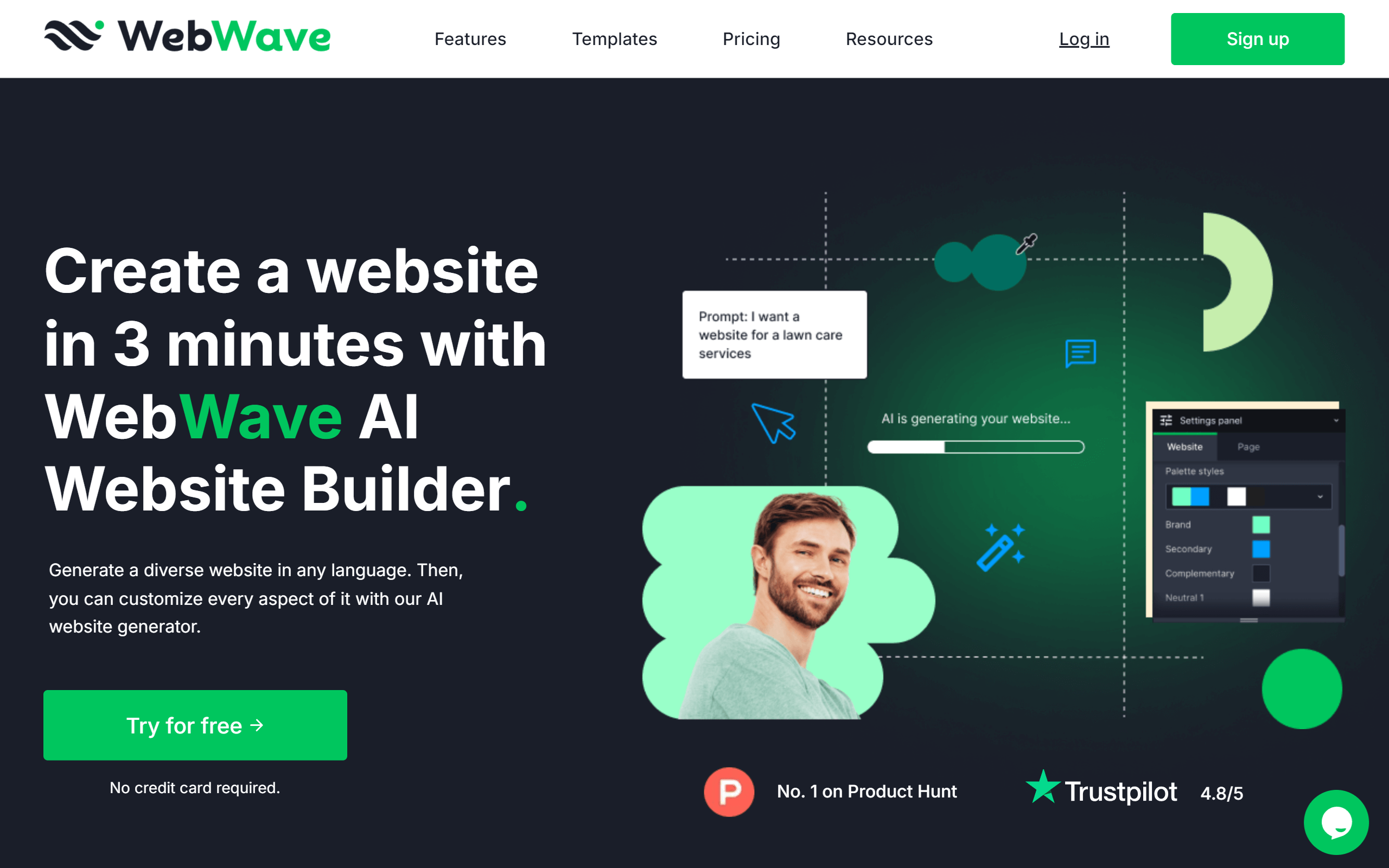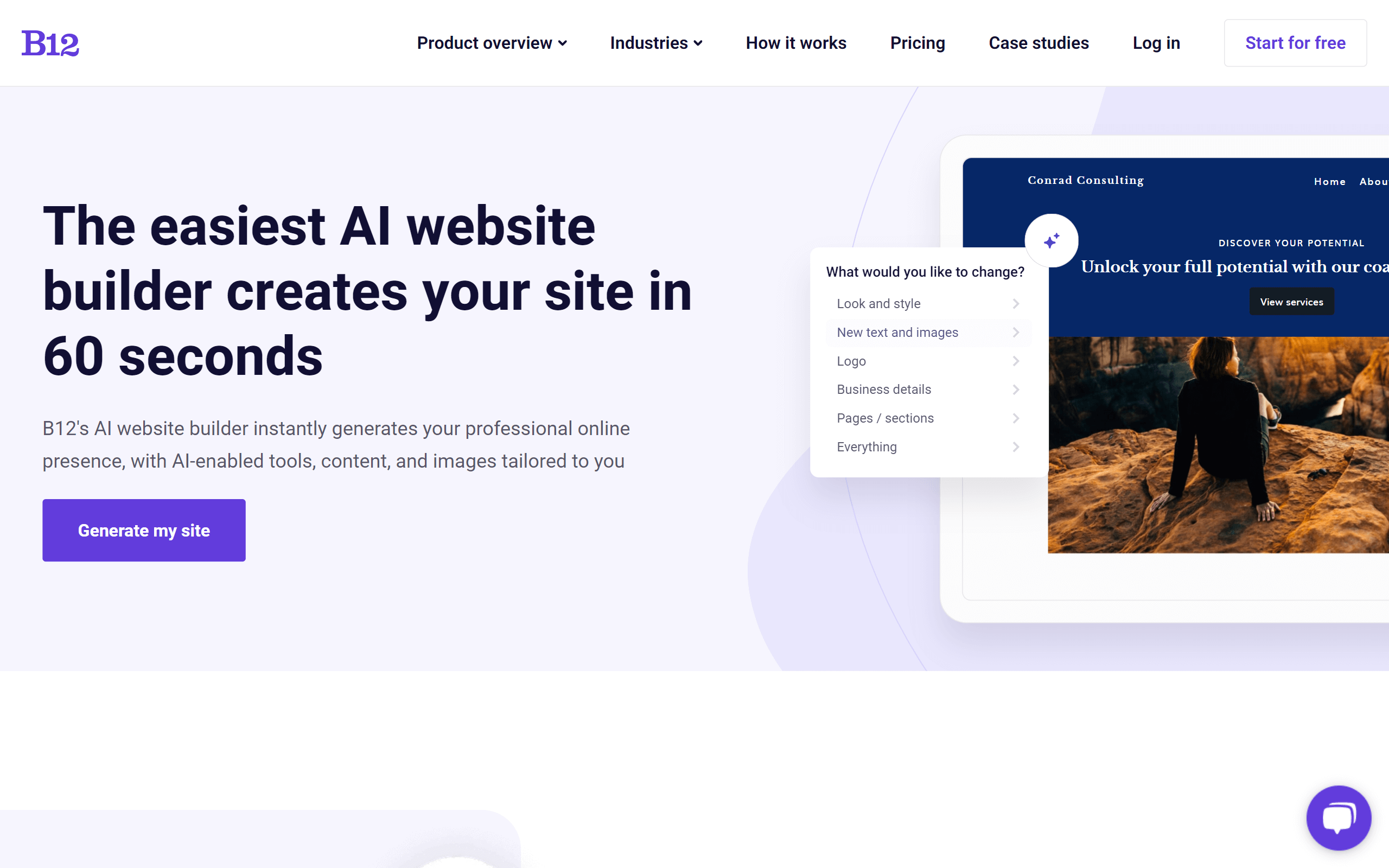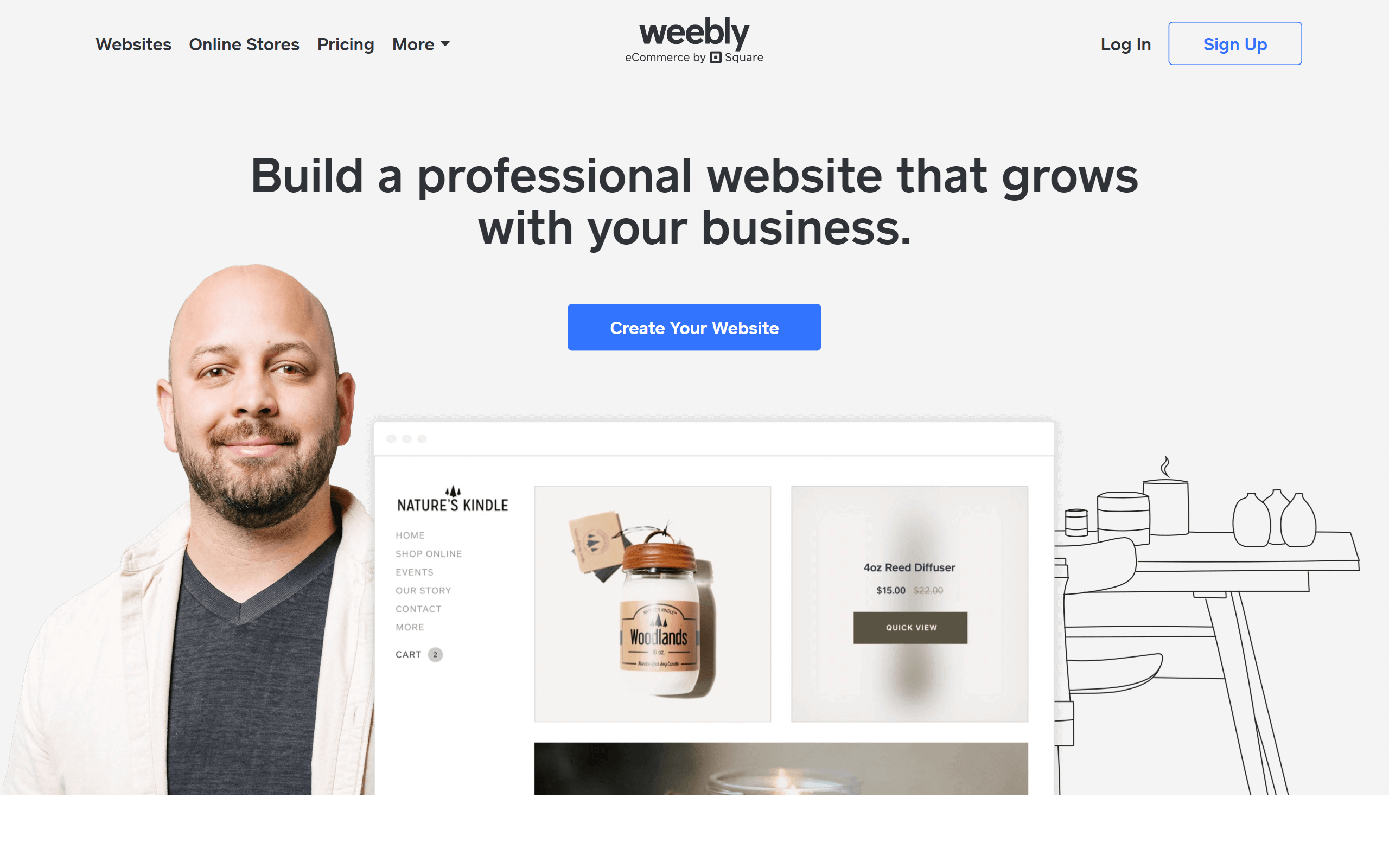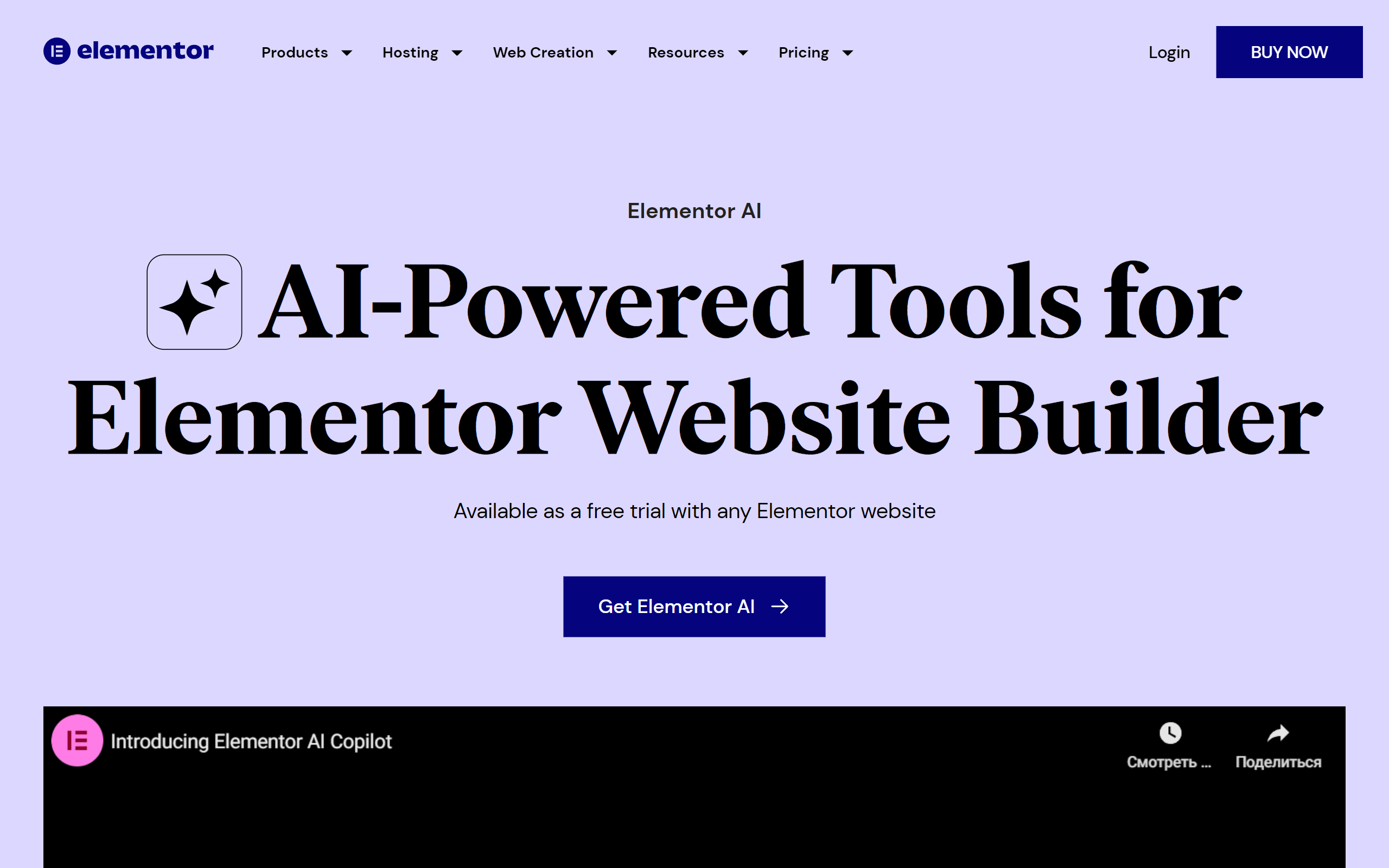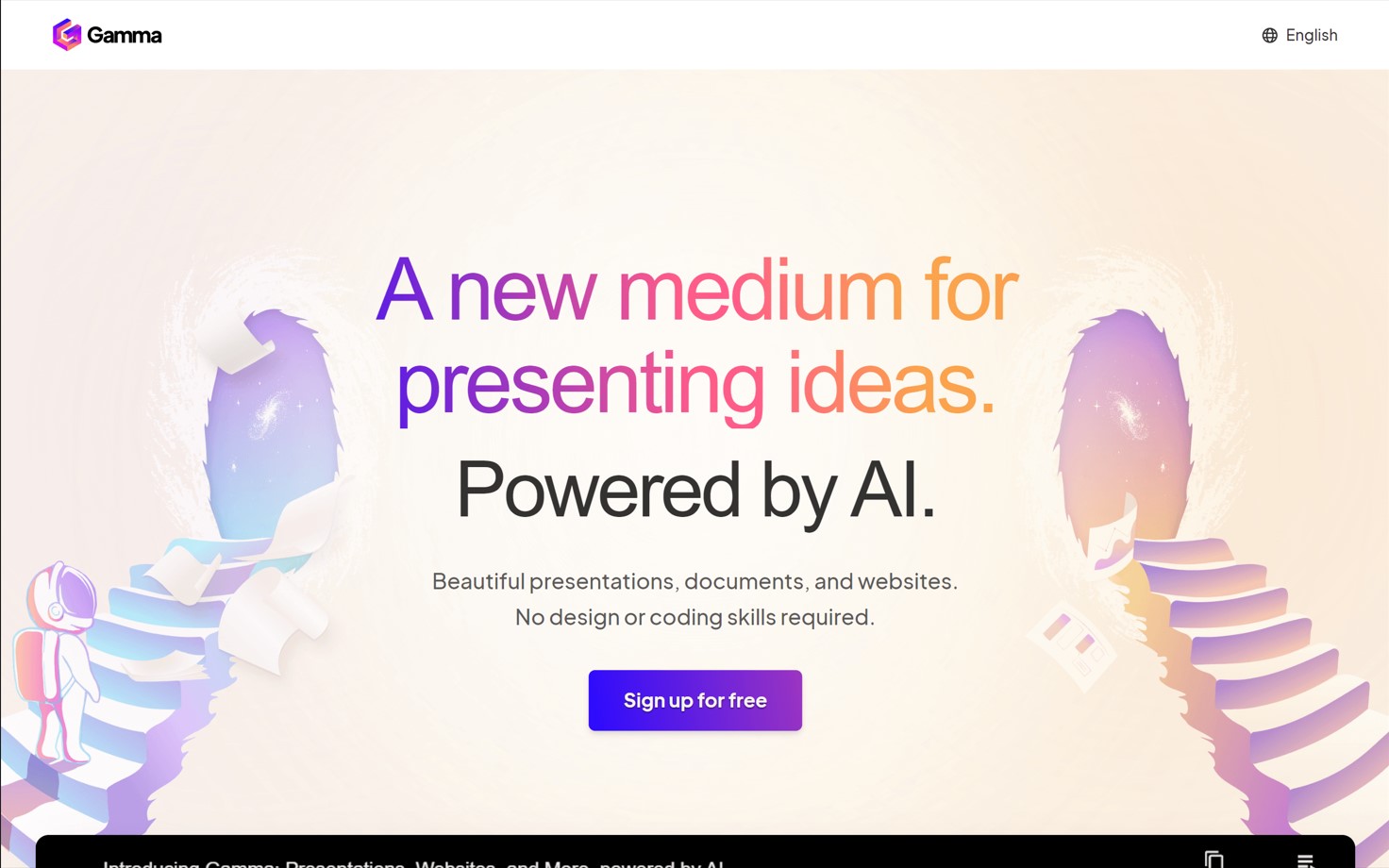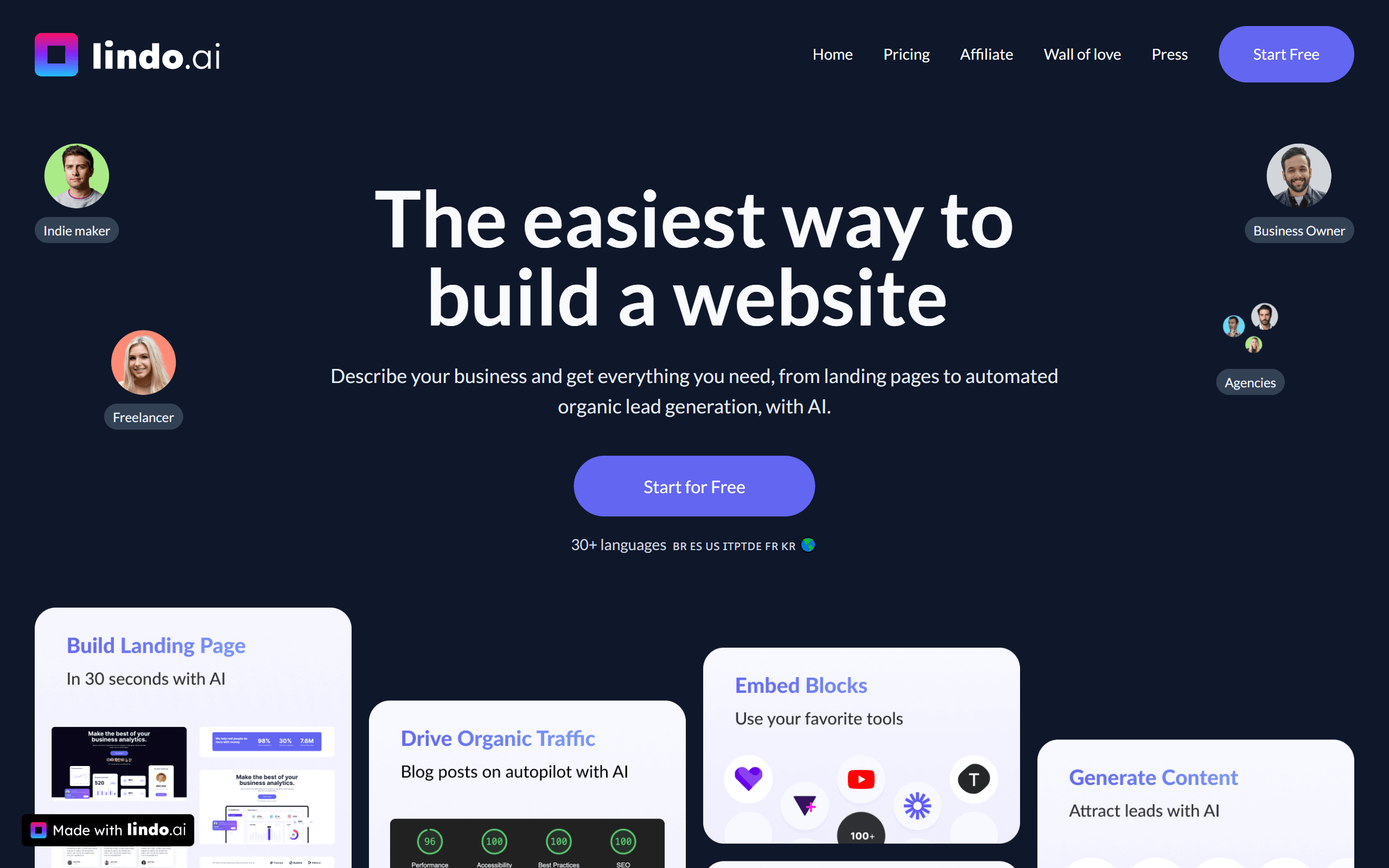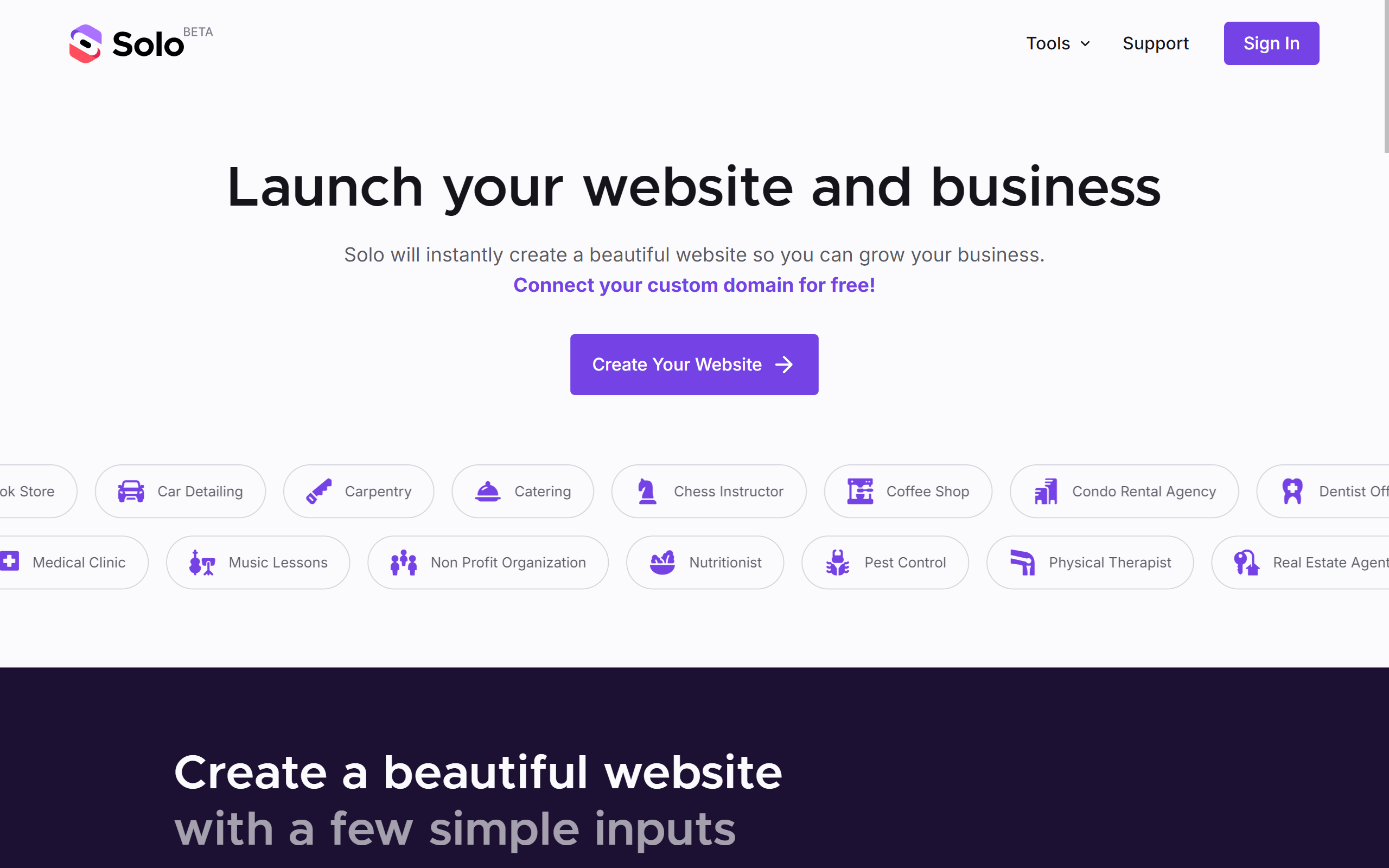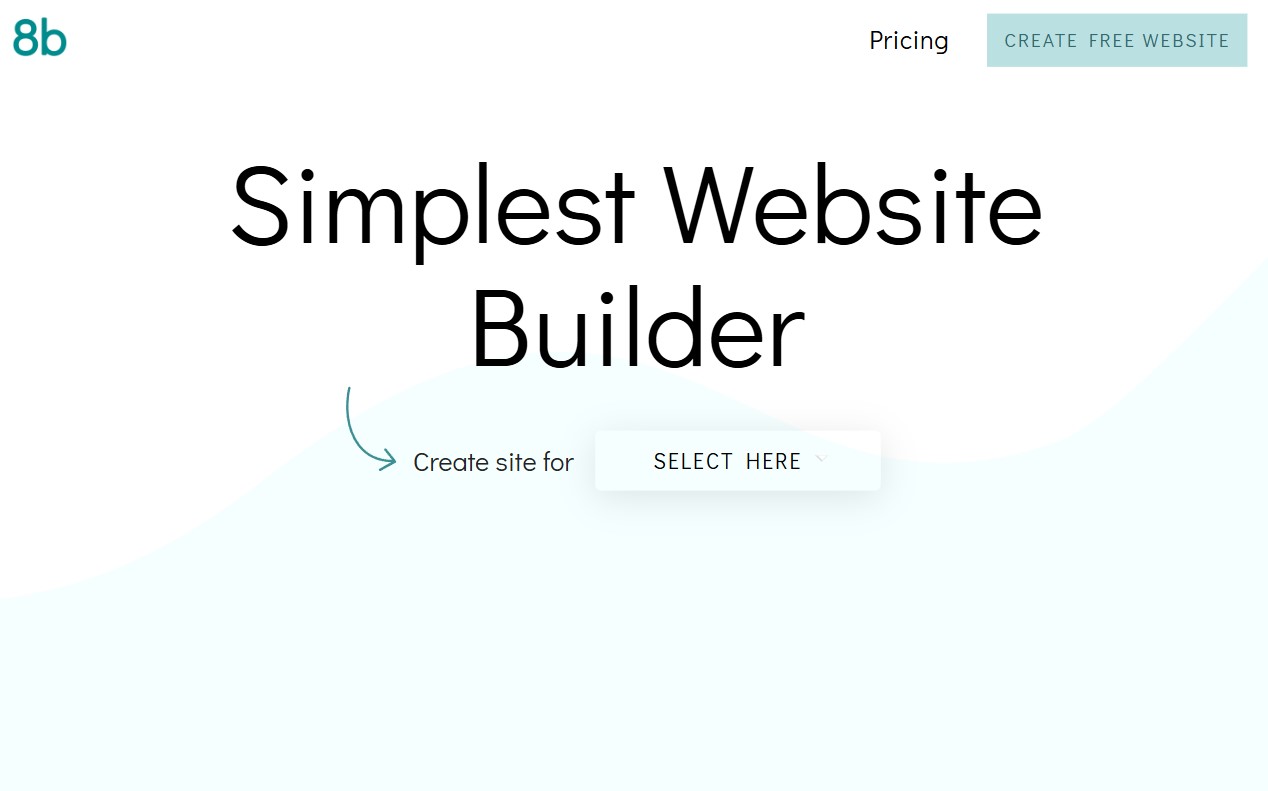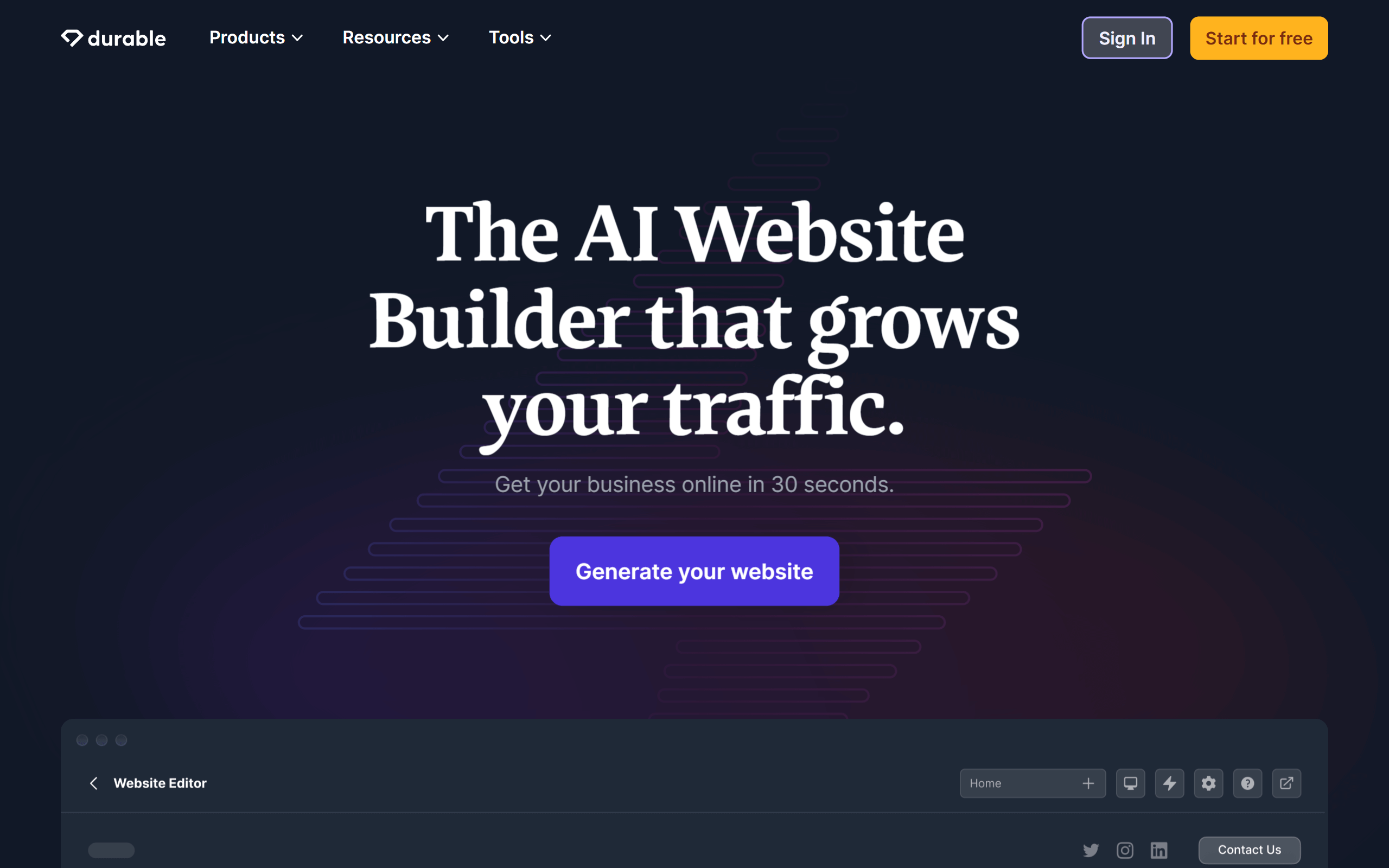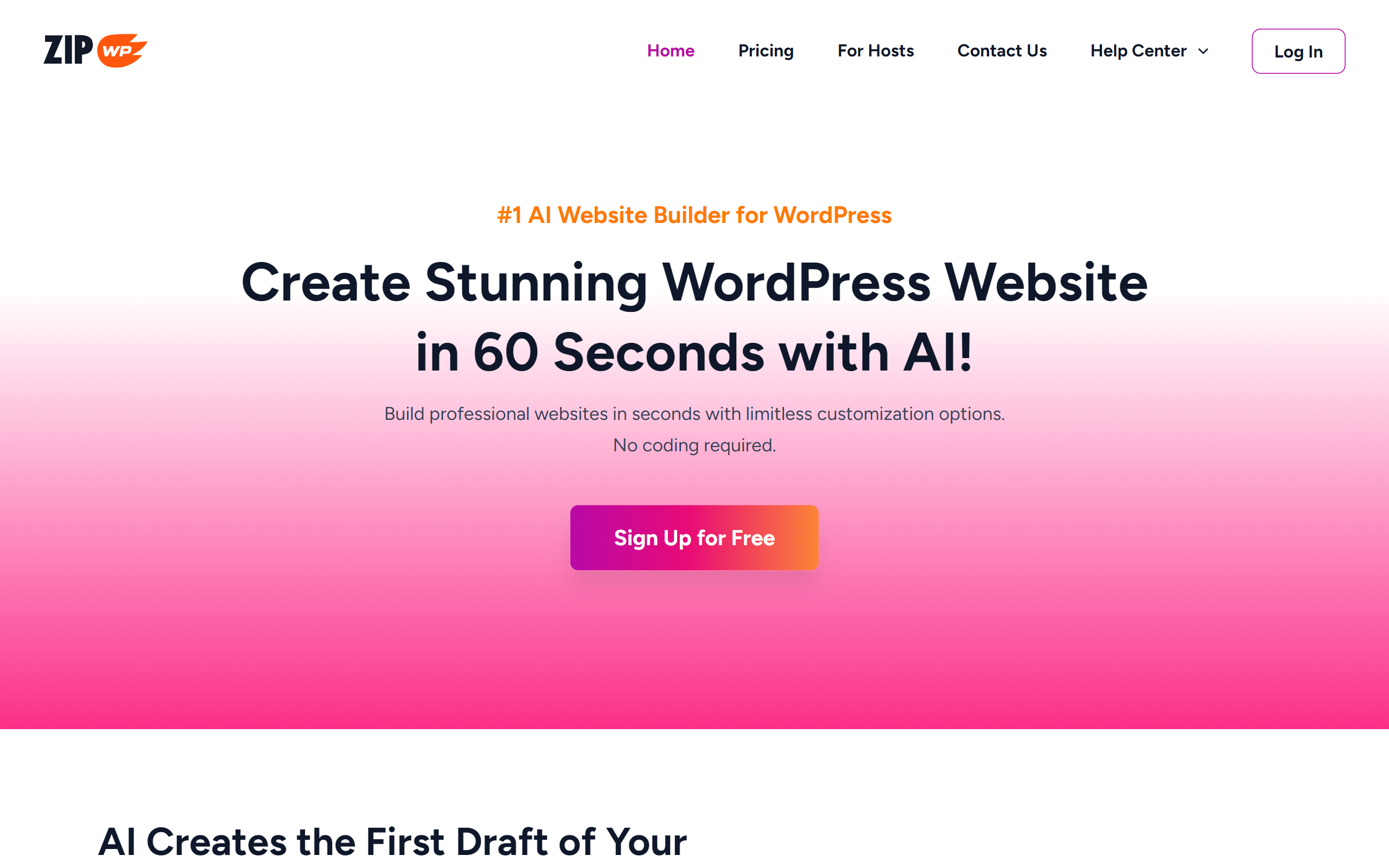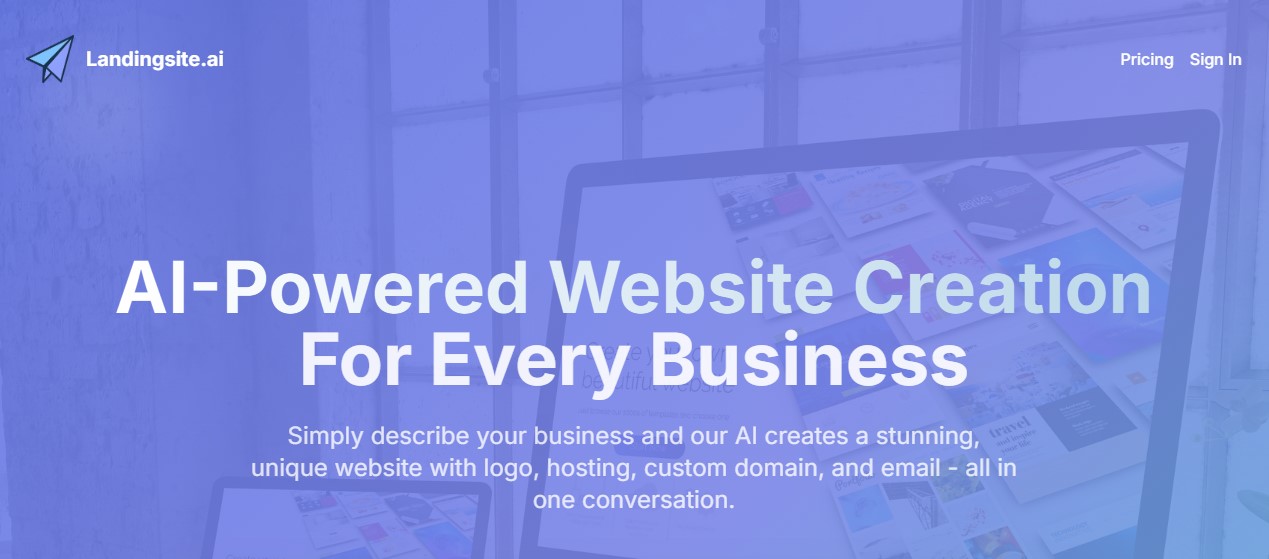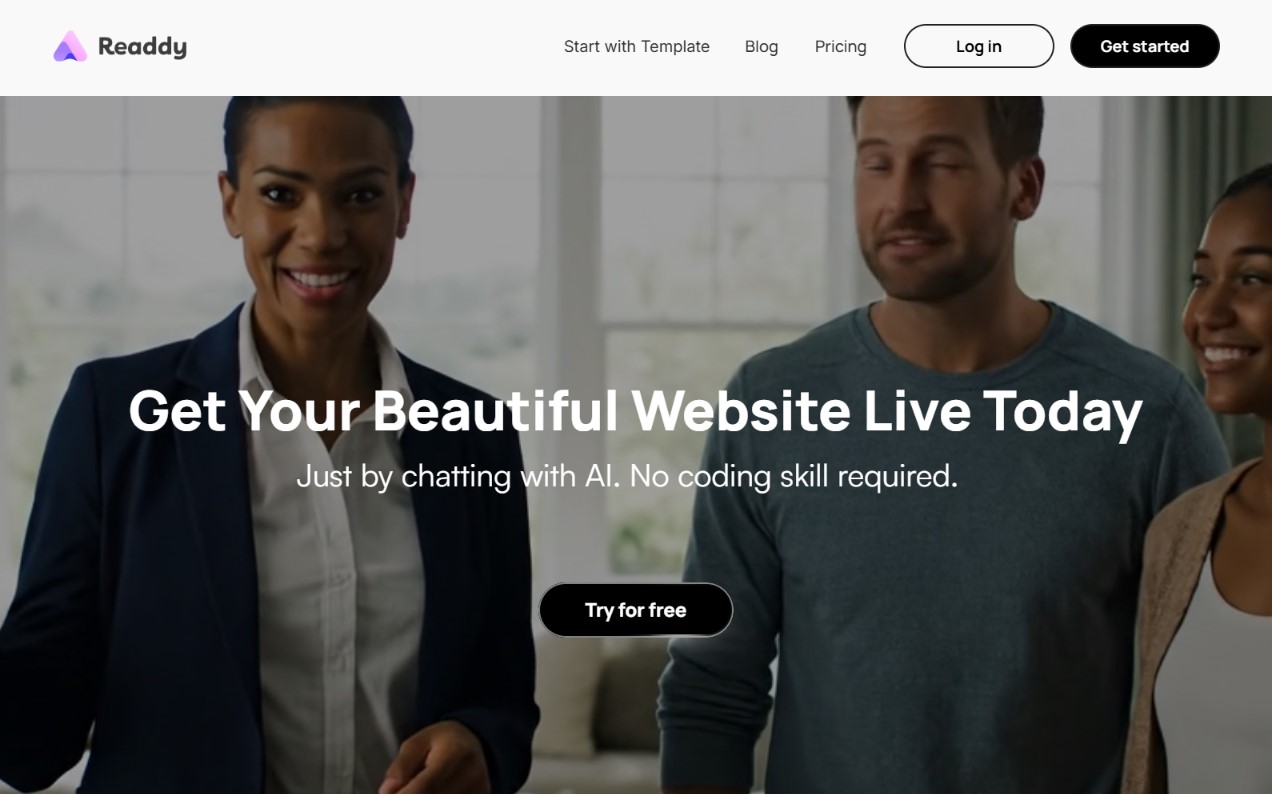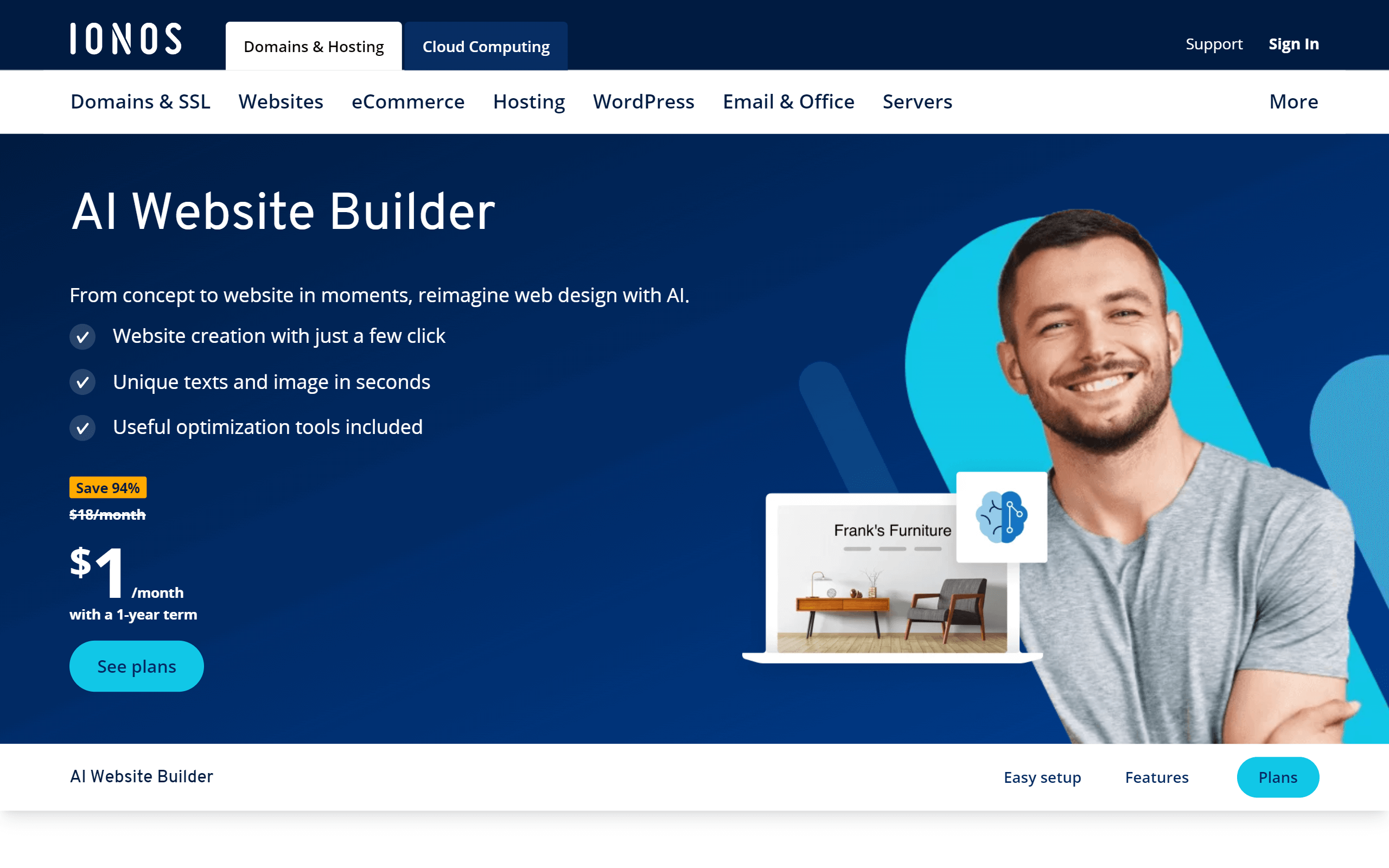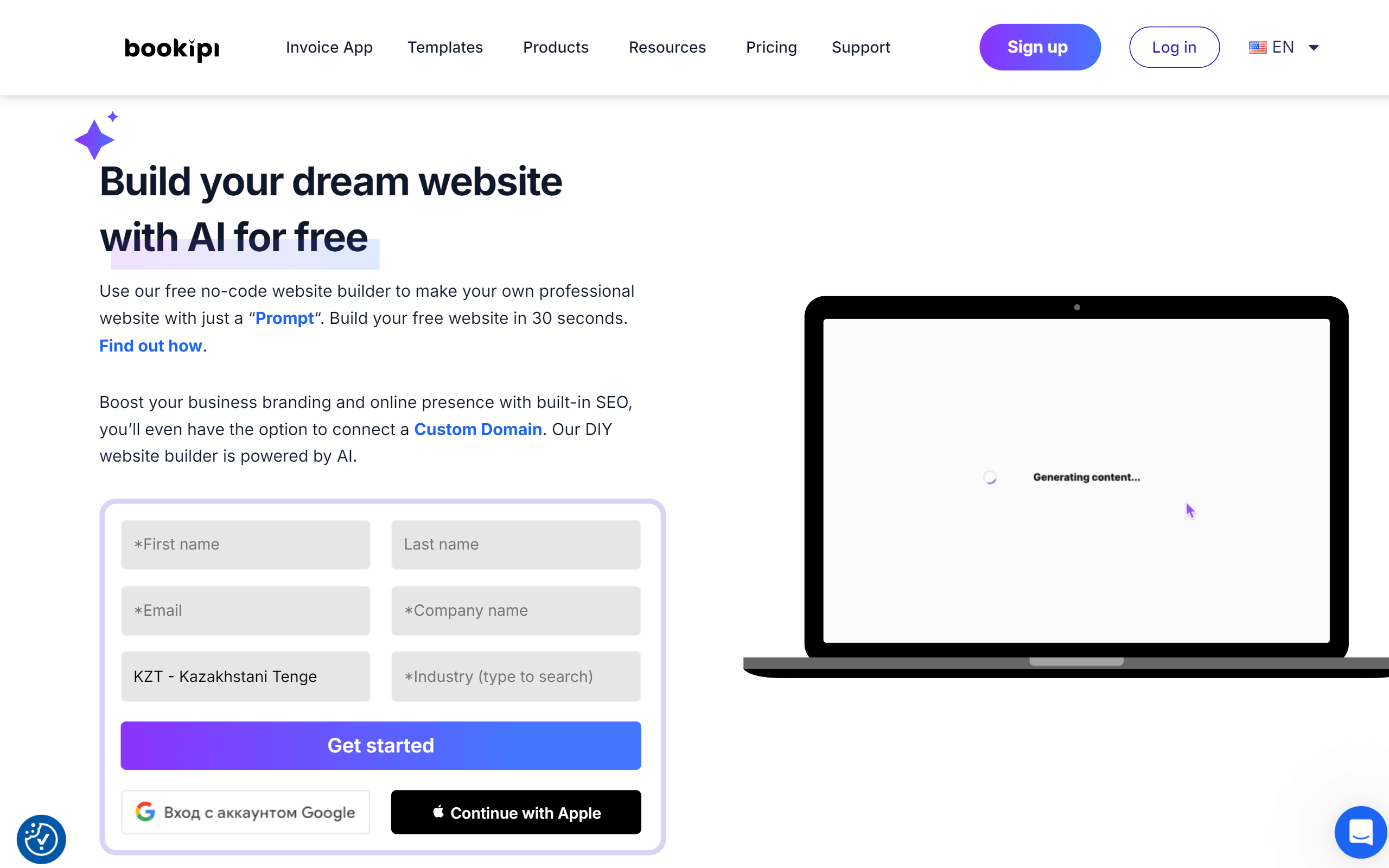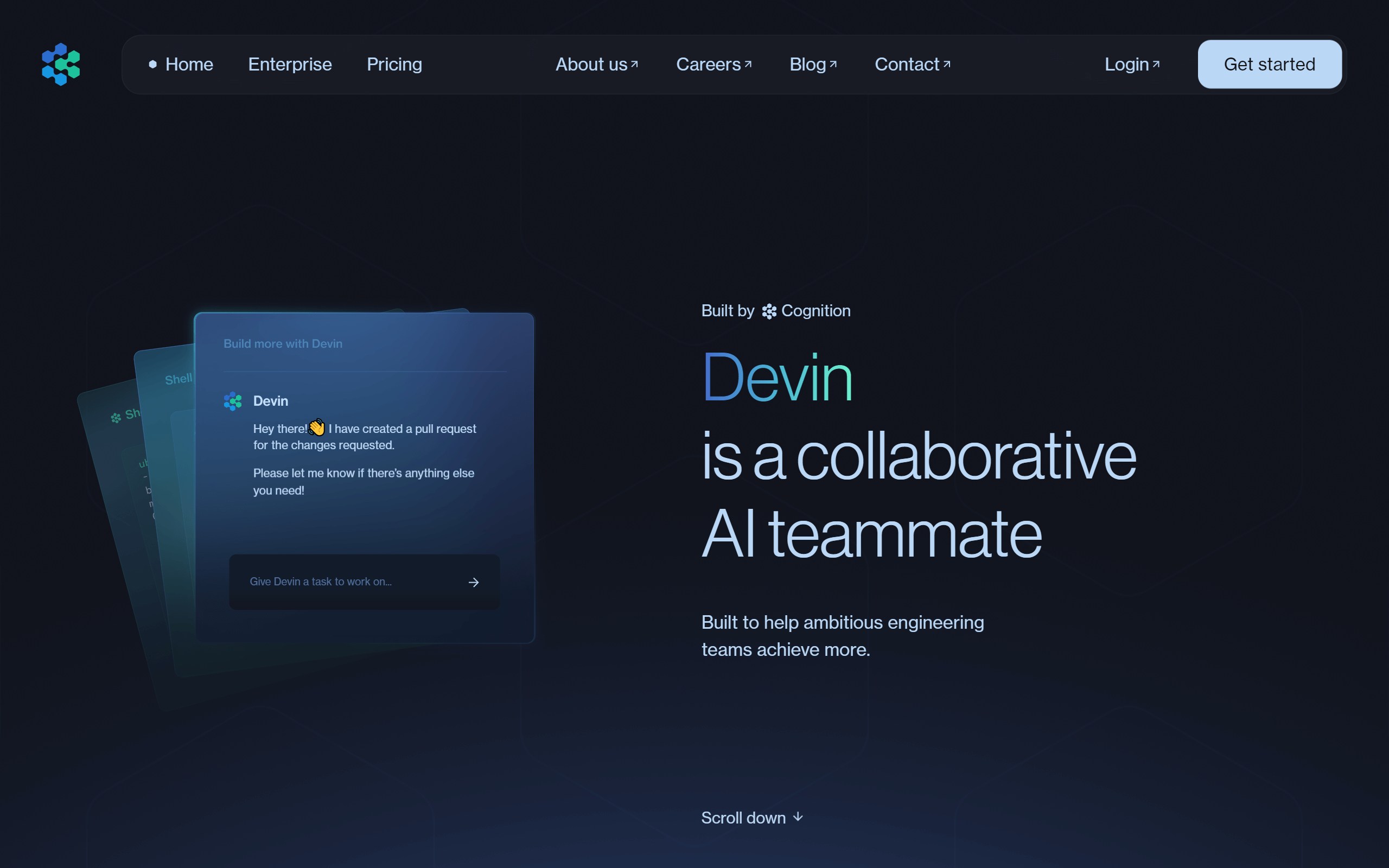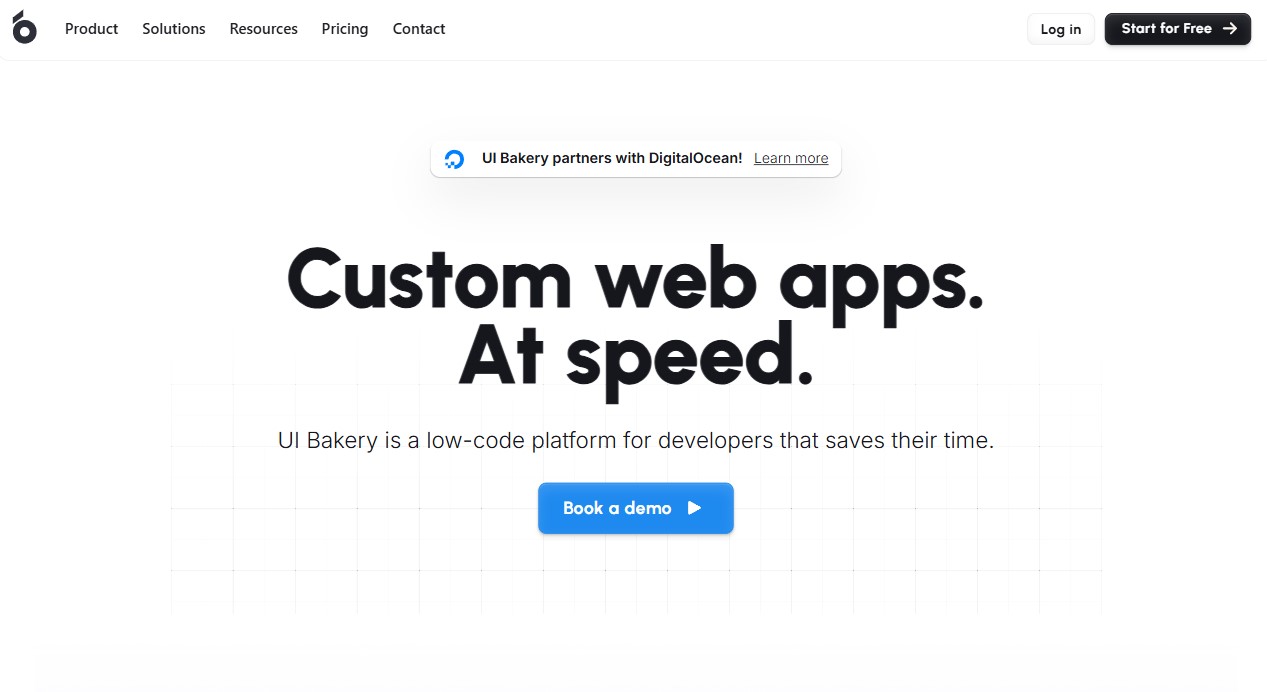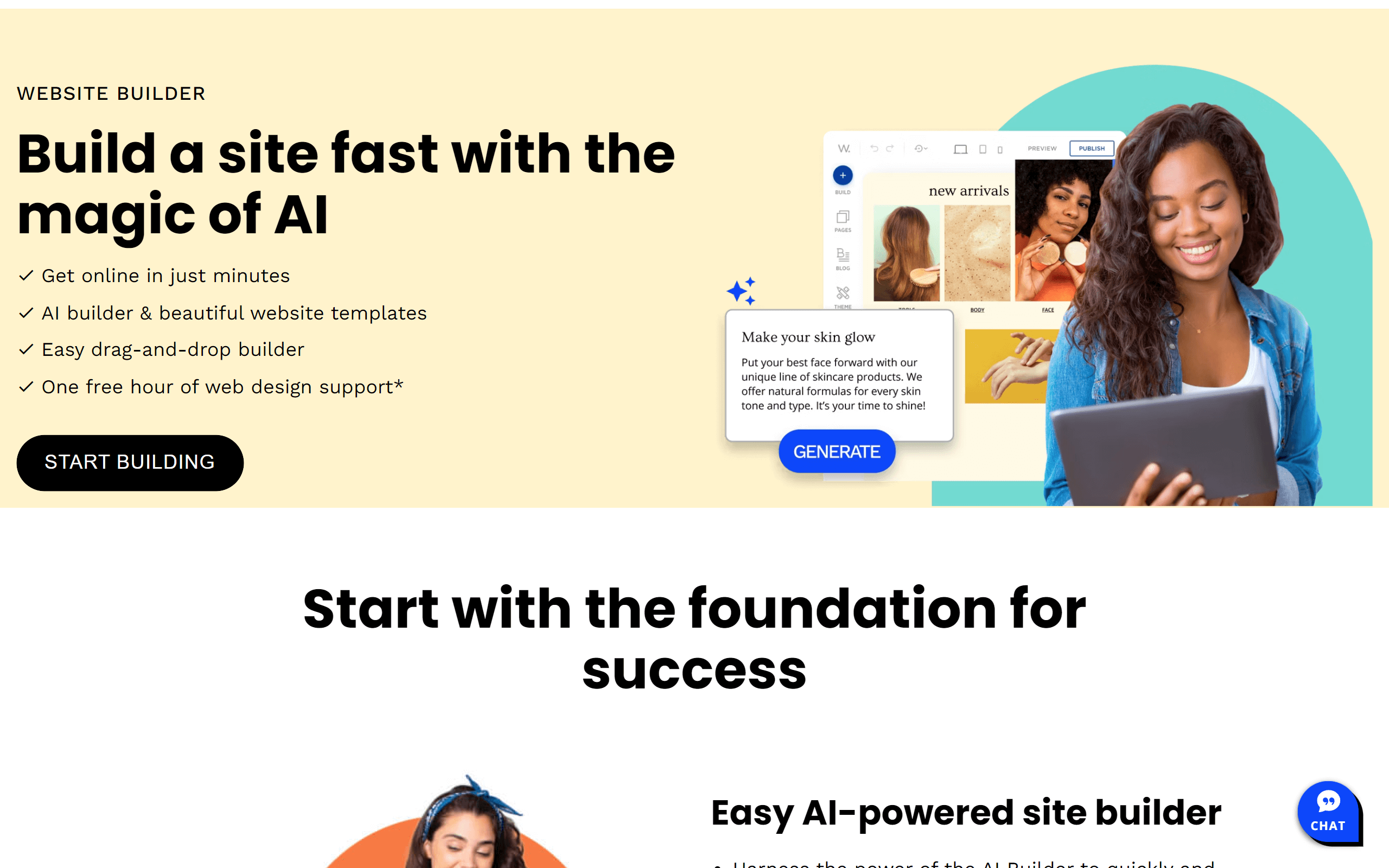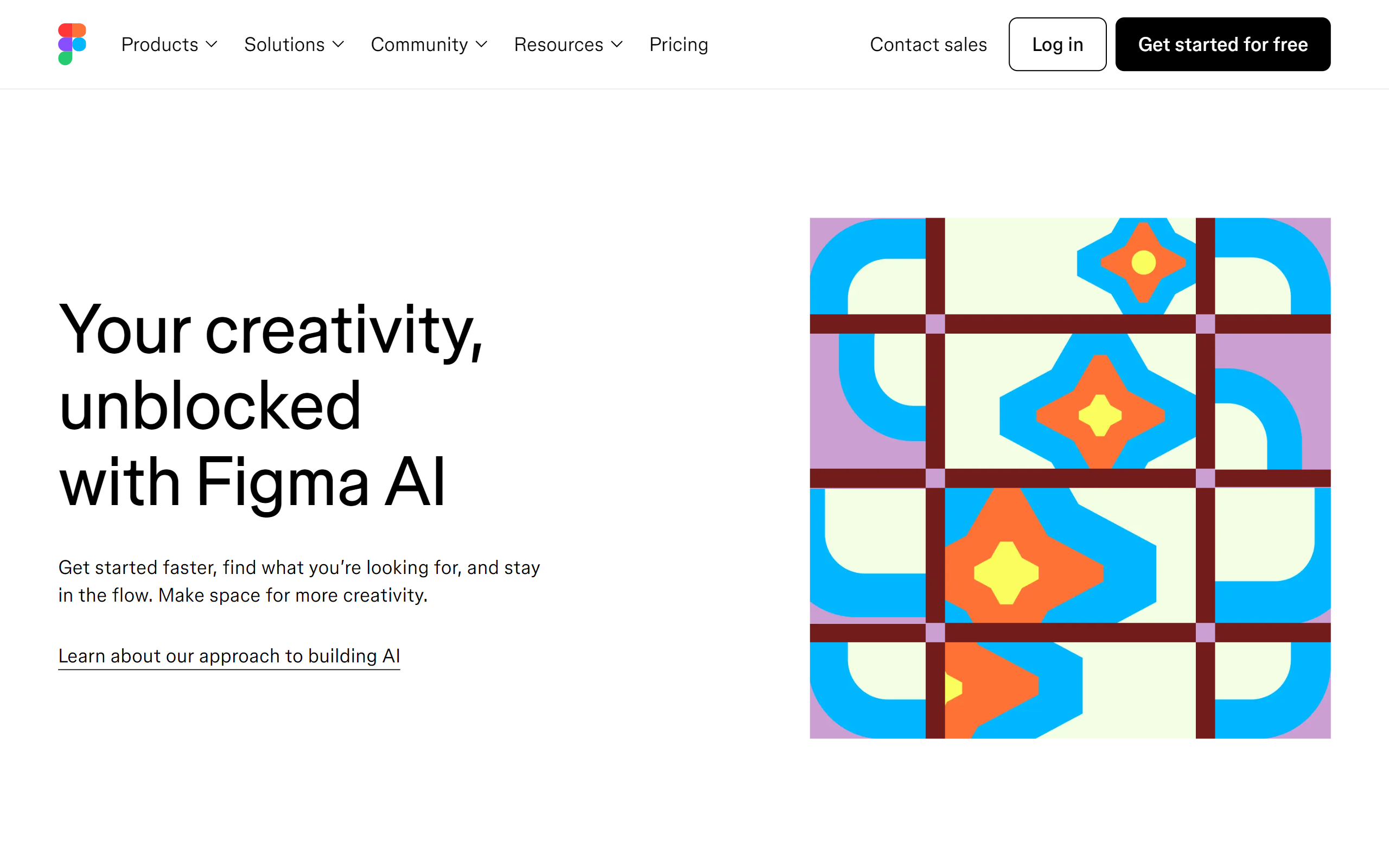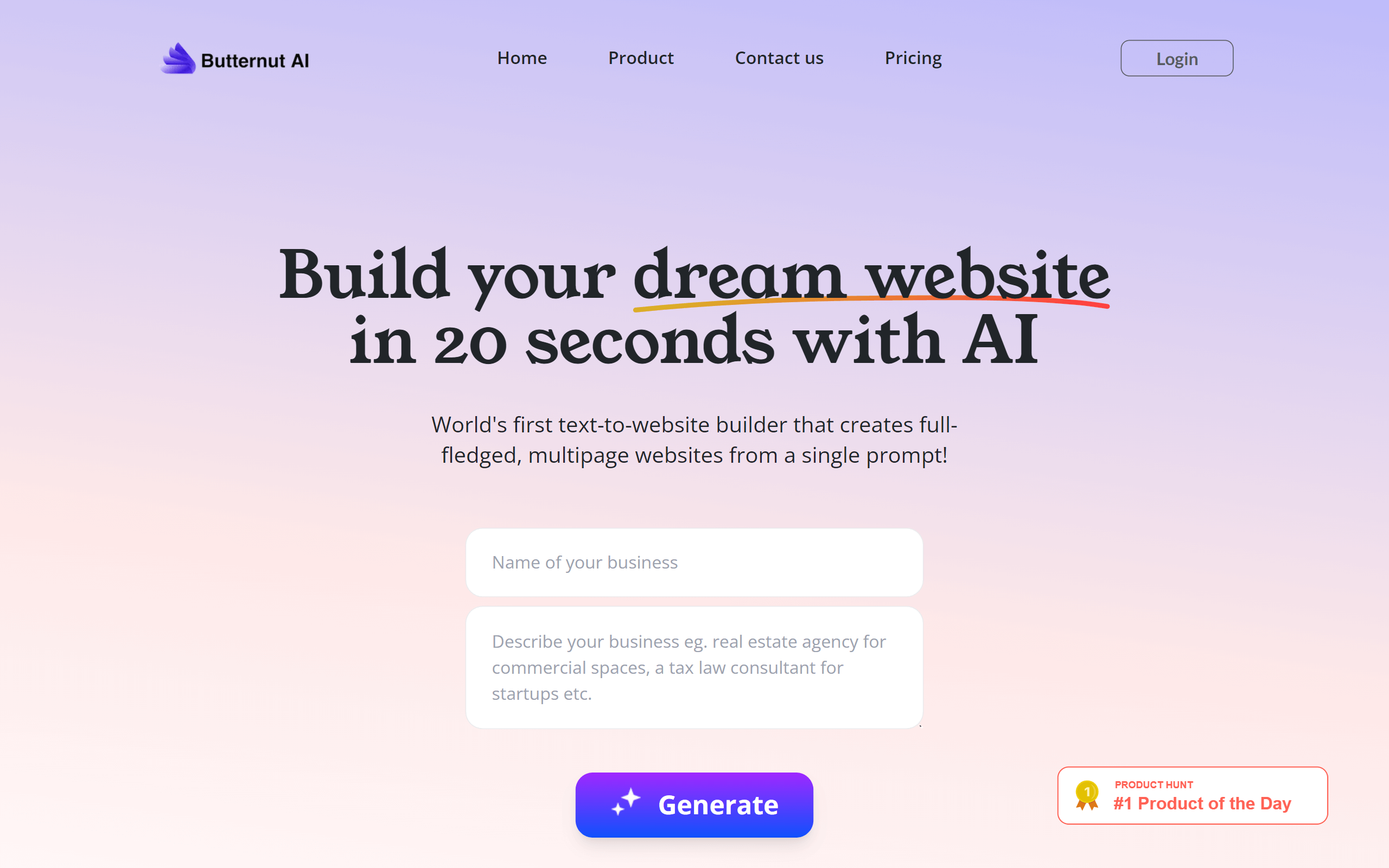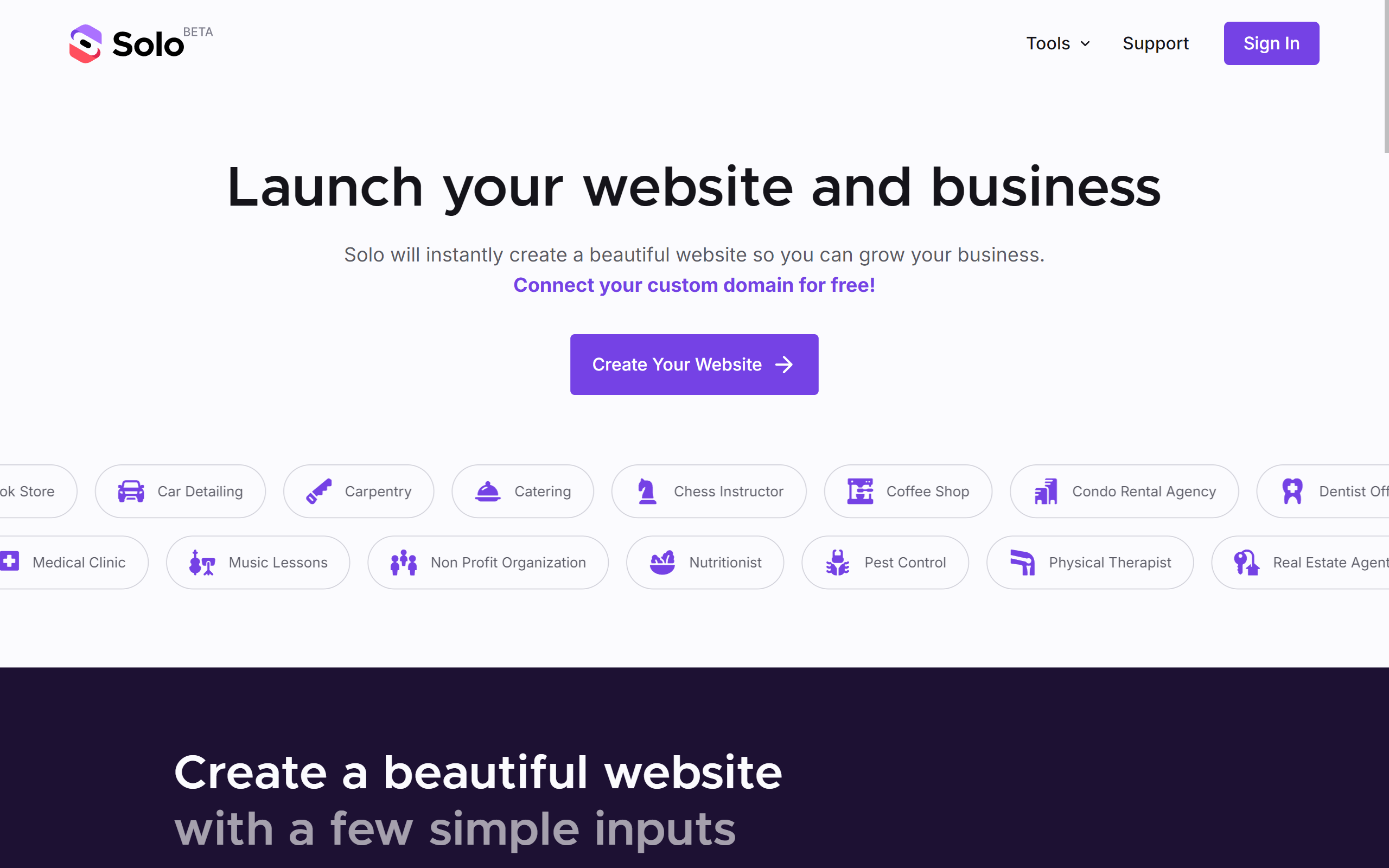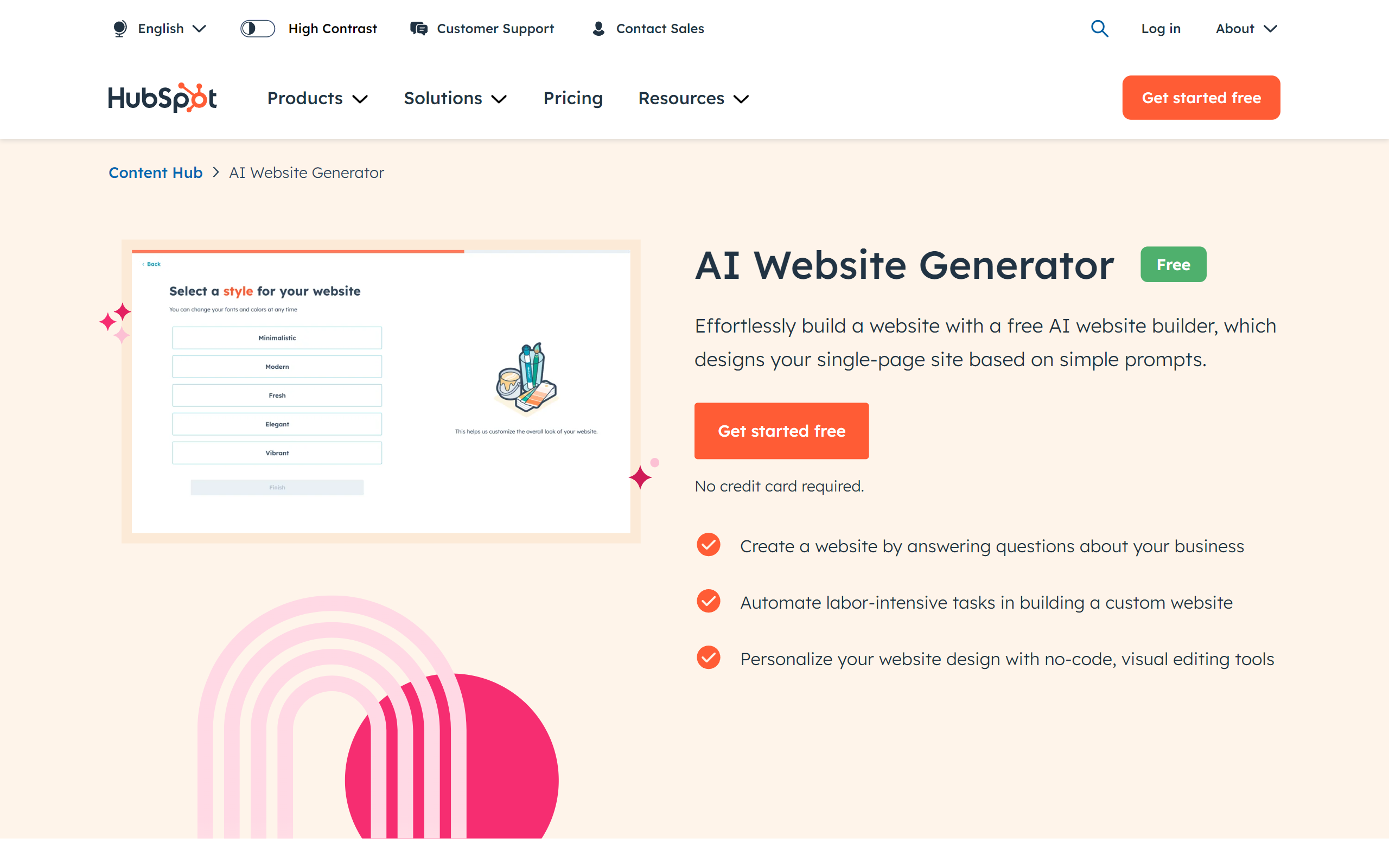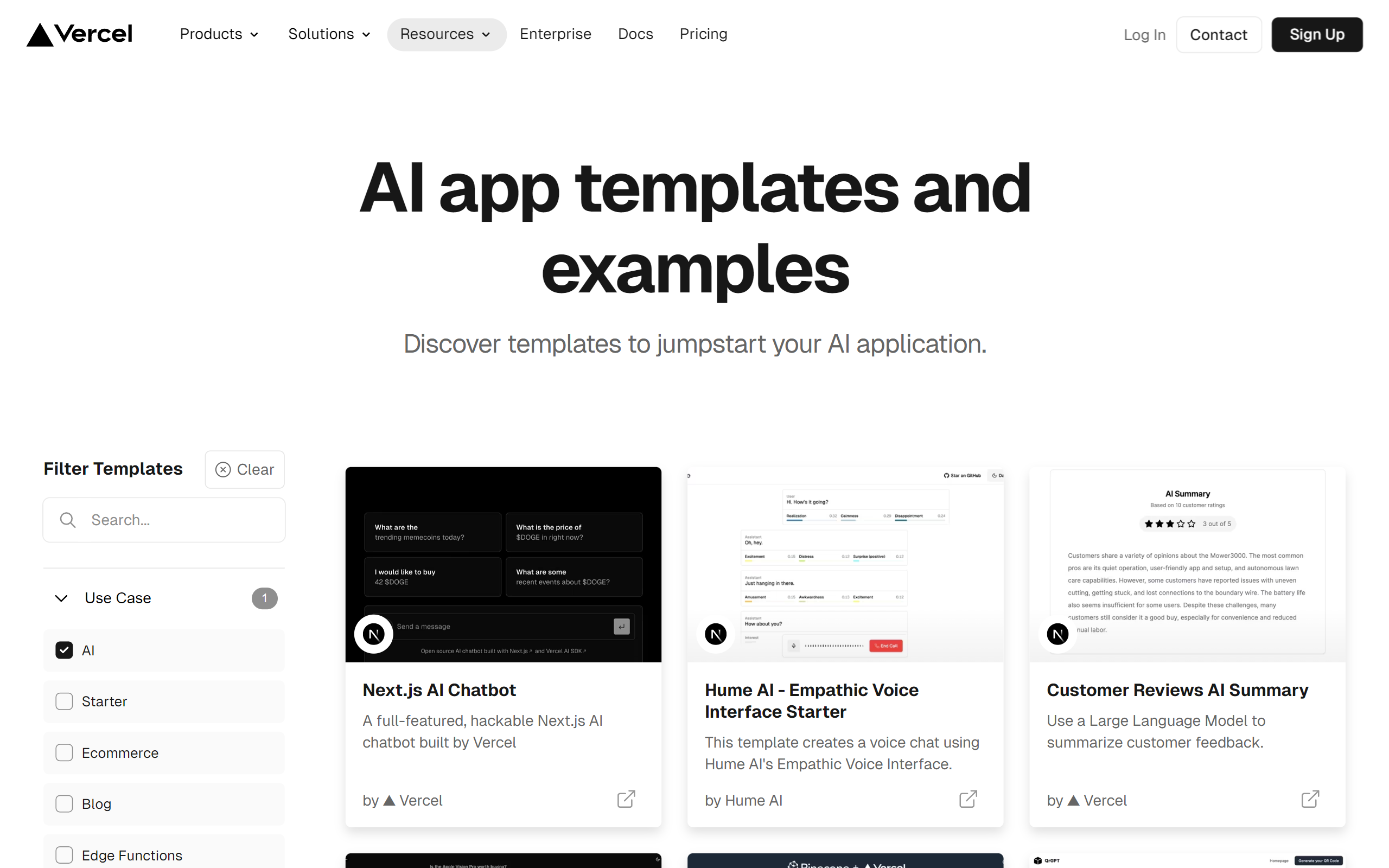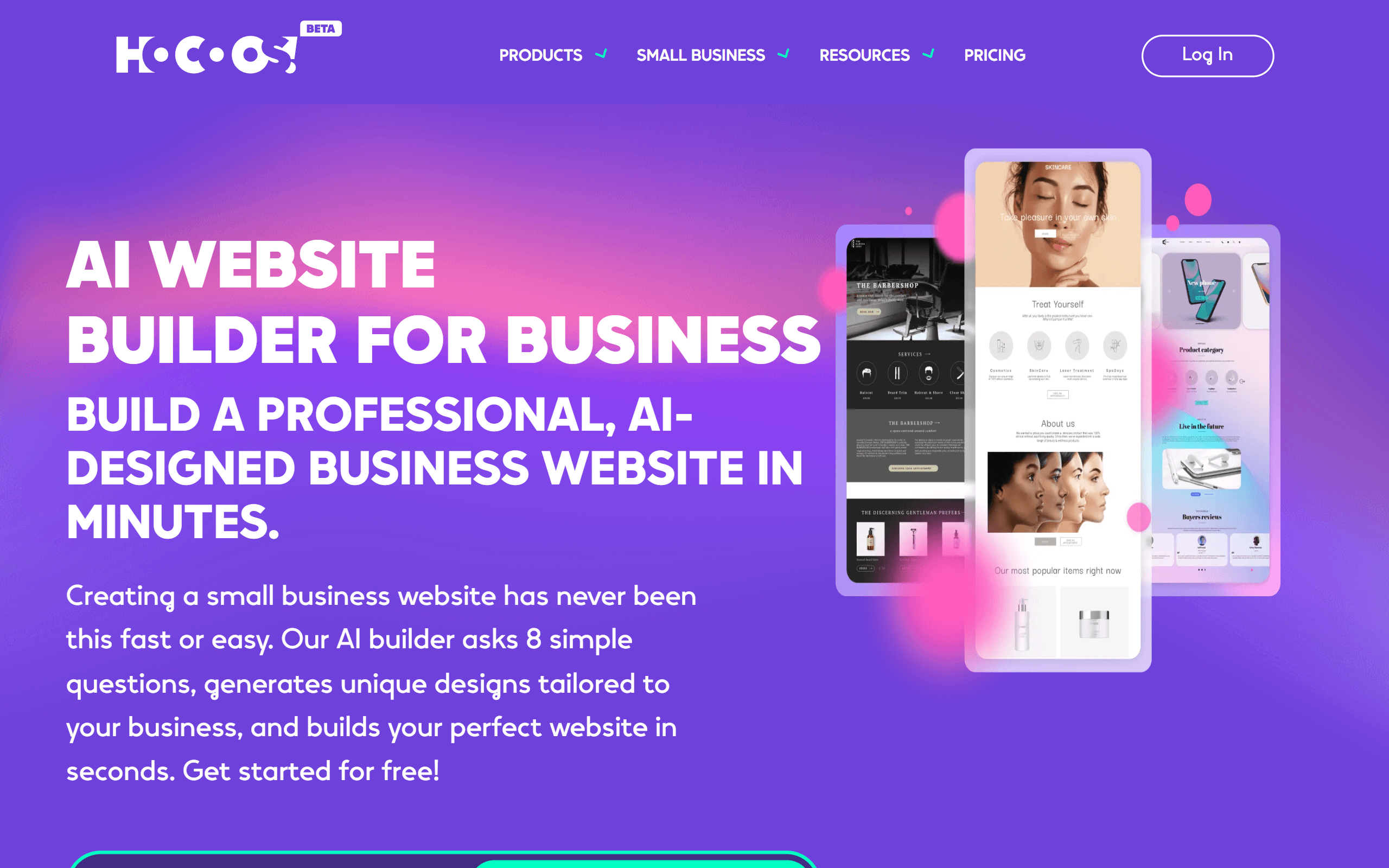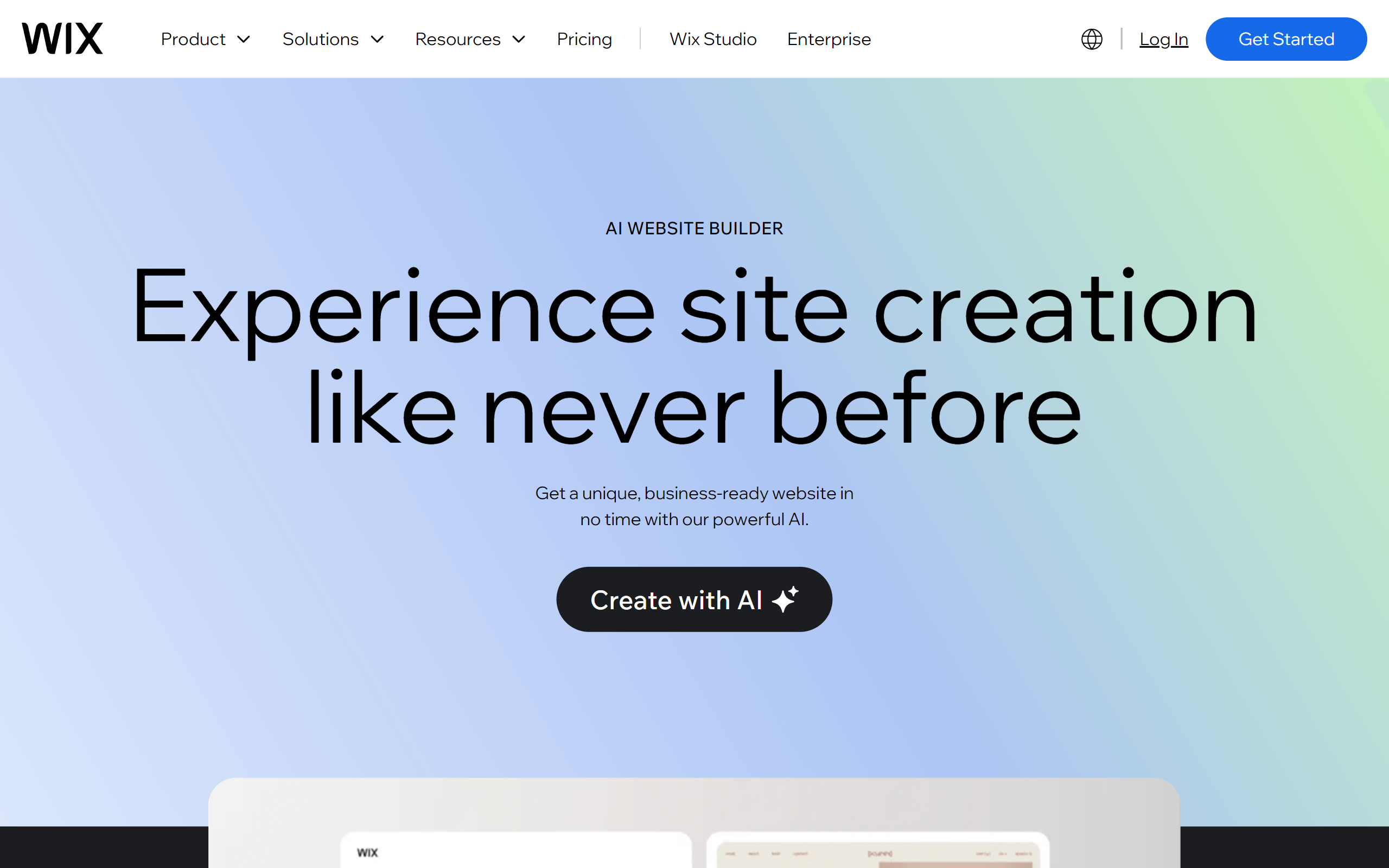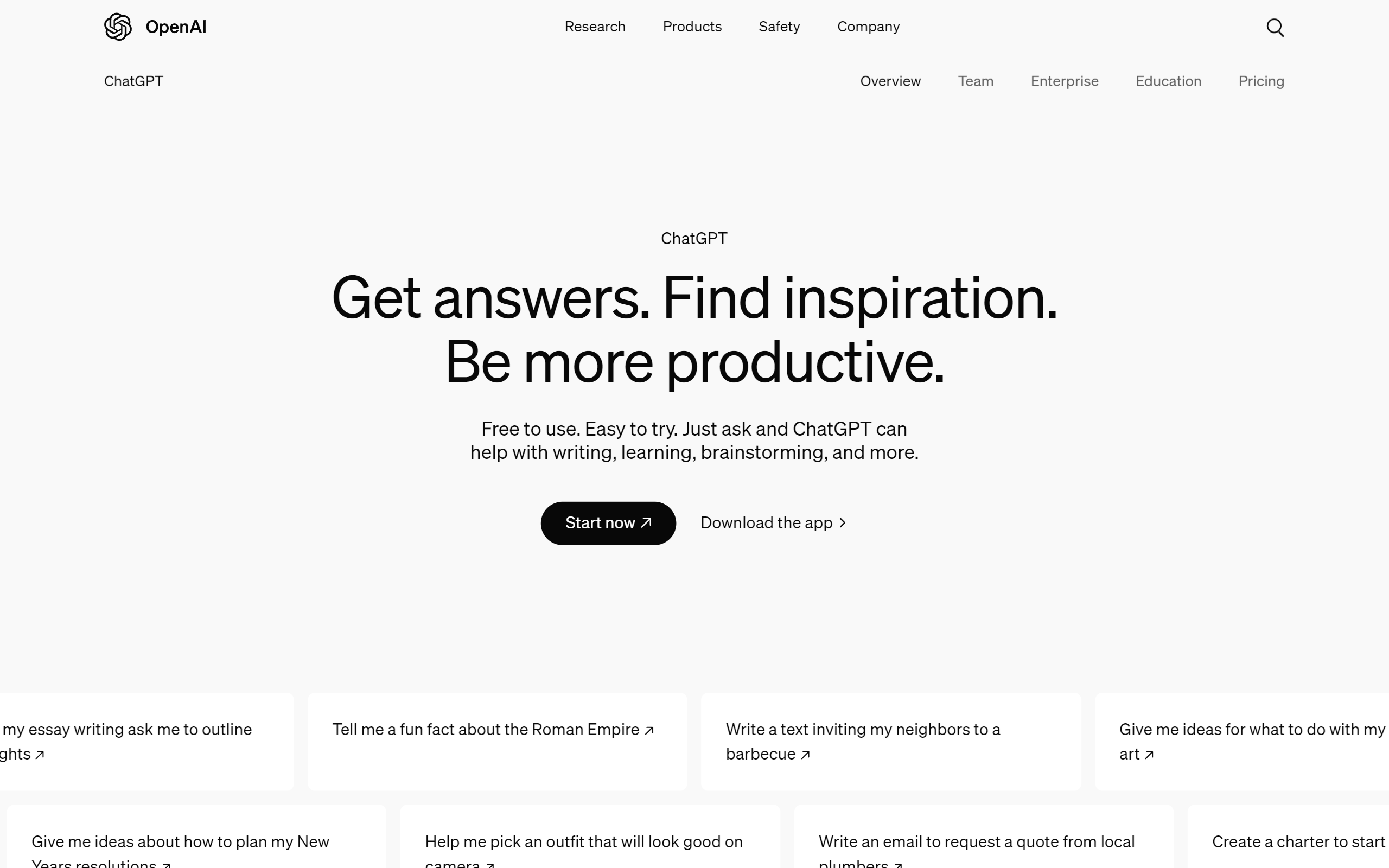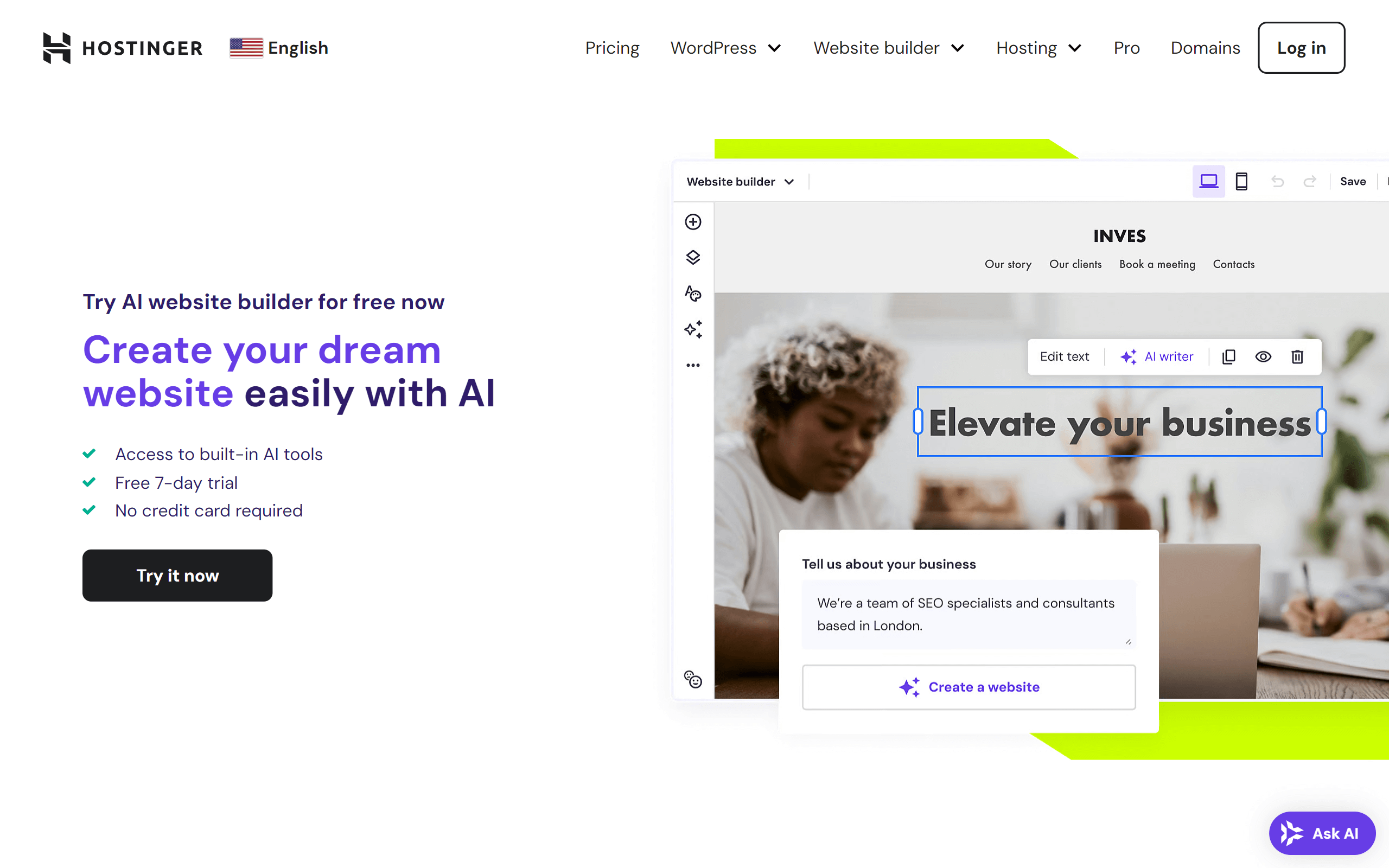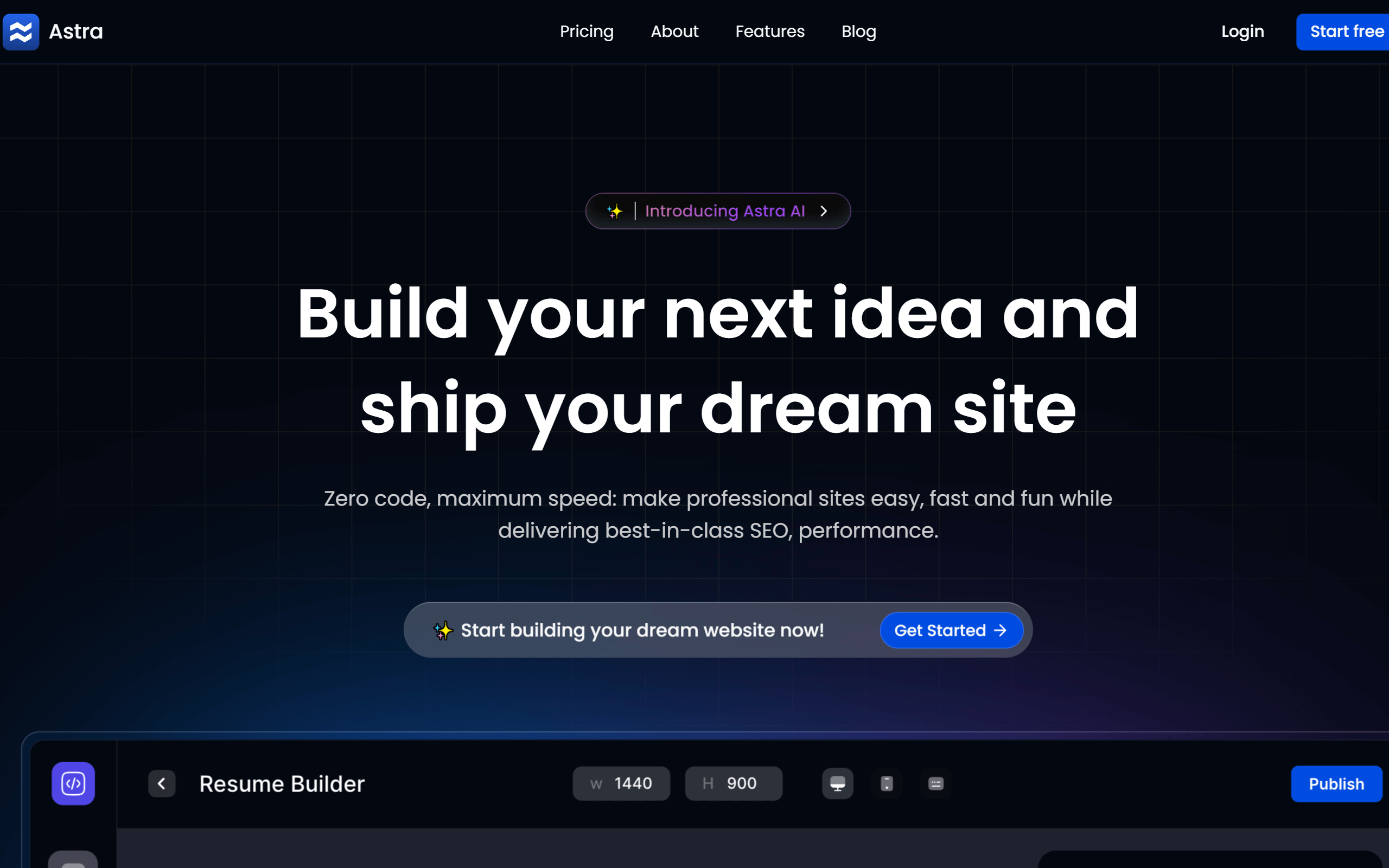| Mobirise AI |
Very easy — prompt to live site workflow |
Good for standard sites and landing pages |
Excellent — core features free |
End-to-end generation: layouts, copy, images, hosting setup |
Limited advanced commerce tools; support can lag |
| Wix |
High — ADI for fast builds, visual editor |
Moderate to high via Editor X and apps |
Moderate — free tier limited, paid plans scale |
Site drafts, copy suggestions, image aids, SEO assistant |
Generic outputs at times; deeper code limited; ongoing costs |
| Squarespace |
High — polished editor and templates |
Moderate — strong for design-centric sites |
Moderate — mid-tier pricing includes hosting |
Copy prompts, tone adjustments, image edits |
Template uniformity; fewer integrations; AI less extensive |
| WordPress |
Variable — depends on hosting and setup |
Very high — plugins, themes, custom code |
High potential if self-managed; costs with premium add-ons |
Wide range via plugins: content drafting, SEO, chatbots |
Maintenance burden; plugin compatibility and quality vary |
| Shopify |
High for stores — streamlined product flows |
High for commerce via apps and APIs |
Moderate to low — subscription and transaction fees |
Product descriptions, recommendations, marketing automation |
Costs add up; platform lock-in; advanced customization needs devs |
| GoDaddy |
Very easy — guided builder and prompts |
Low — template-driven, limited custom code |
Good for single sites — bundled plans |
Basic copy generation, SEO hints, email templates |
Generic designs; limited scaling; fewer advanced analytics |
| Webflow |
Steep learning curve — designer-focused |
Very high — precise control, CMS, code export |
Good for professionals; pricing can be steep for casual users |
Best via integrations: generative content, imports, automations |
Complex to master; extra costs for AI integration services |
